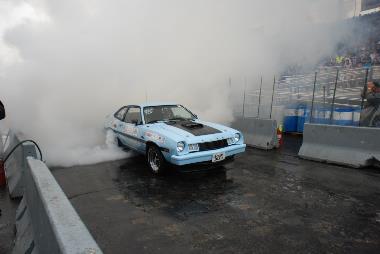-
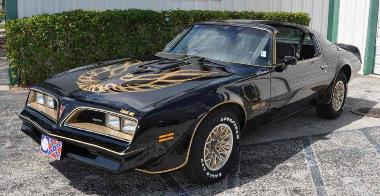
GM Cars on Film: These Movie Stars Had Four Wheels
Tuesday, Jan 19, 2021
Do you go to movies for the action? The special effects? The acting? The plot and characters? Certain actors and actresses? Those are all good reasons …Do you go to movies for the action? The special effects? The acting? The plot and characters? Certain actors and actresses? Those are all good reasons, but some of also go for the real scene-stealers … the cars that star in the films.Show More
Since the 1920s, cars have played roles in “action films.” From silent movie days to current tire-smoking, gorge-jumping thrillers. Doc Brown’s time-machine 1982 DeLorean DMC-12 and James Bond’s weapon-loaded 1964 Aston Martin DB5 may top some lists, but for this treatment of the subject, let’s only consider GM’s four-wheeled movie stars … and there are plenty that don’t finish second to any other film cars.
Now, my Top 10 list is arbitrary and you may have your own iconic cars of the stars, so let us know your choices, if we didn’t include them here. The list below is filled with action stars, sometimes style over substance, but vehicles that in many cases overshadowed the plots and the acting. Let’s start with a river-jumping, bet-winning icon of the movie ’70s.
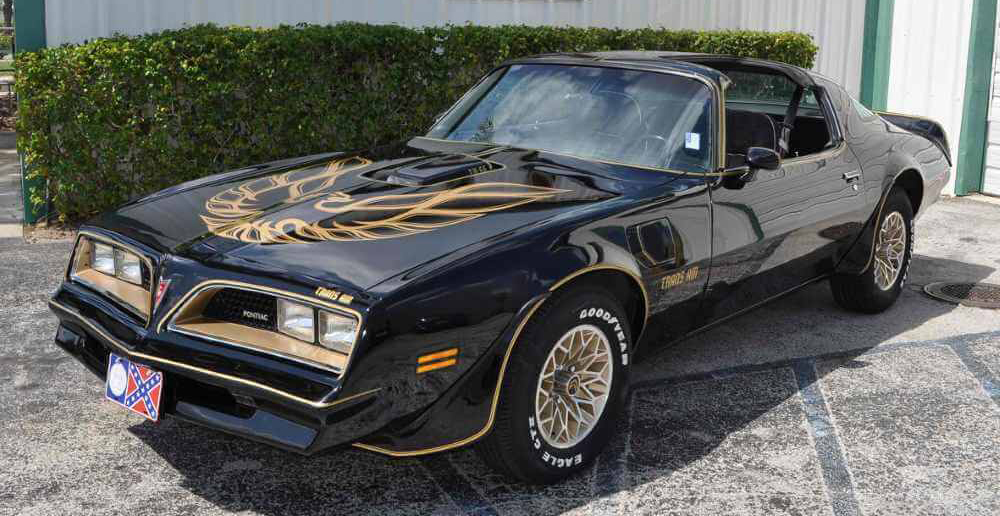 1. Smokey and The Bandit's 1977 Pontiac Trans Am
1. Smokey and The Bandit's 1977 Pontiac Trans Am
This T-Top 6.6-liter big block only delivered 185hp, but this was style over substance. Appearing in “Smokey and the Bandit” I and II, with a “Screaming Chicken” decal on the hood, Burt Reynolds’ car was supposed to be a ’77, but since that model-year ‘Bird wasn’t out during filming, General Motors provided 1976 cars with front clips from the 1977 update. The differences between the two include the ’77’s rectangular quad headlamps instead of only two round lights, a unique slanted and V-shaped nose, and a center-mounted hood scoop. Including stunt cars, some dozen were used in the movie, but only four were ’76-’77s supplied by Pontiac. It sure SEEMED to have more than 200 horses. Burt drove a red “rocket-powered” 1978 Pontiac Trans Am in his ’78 film, “Hooper,” and “jumped a gorge” in it, but Smokey wins on style points.
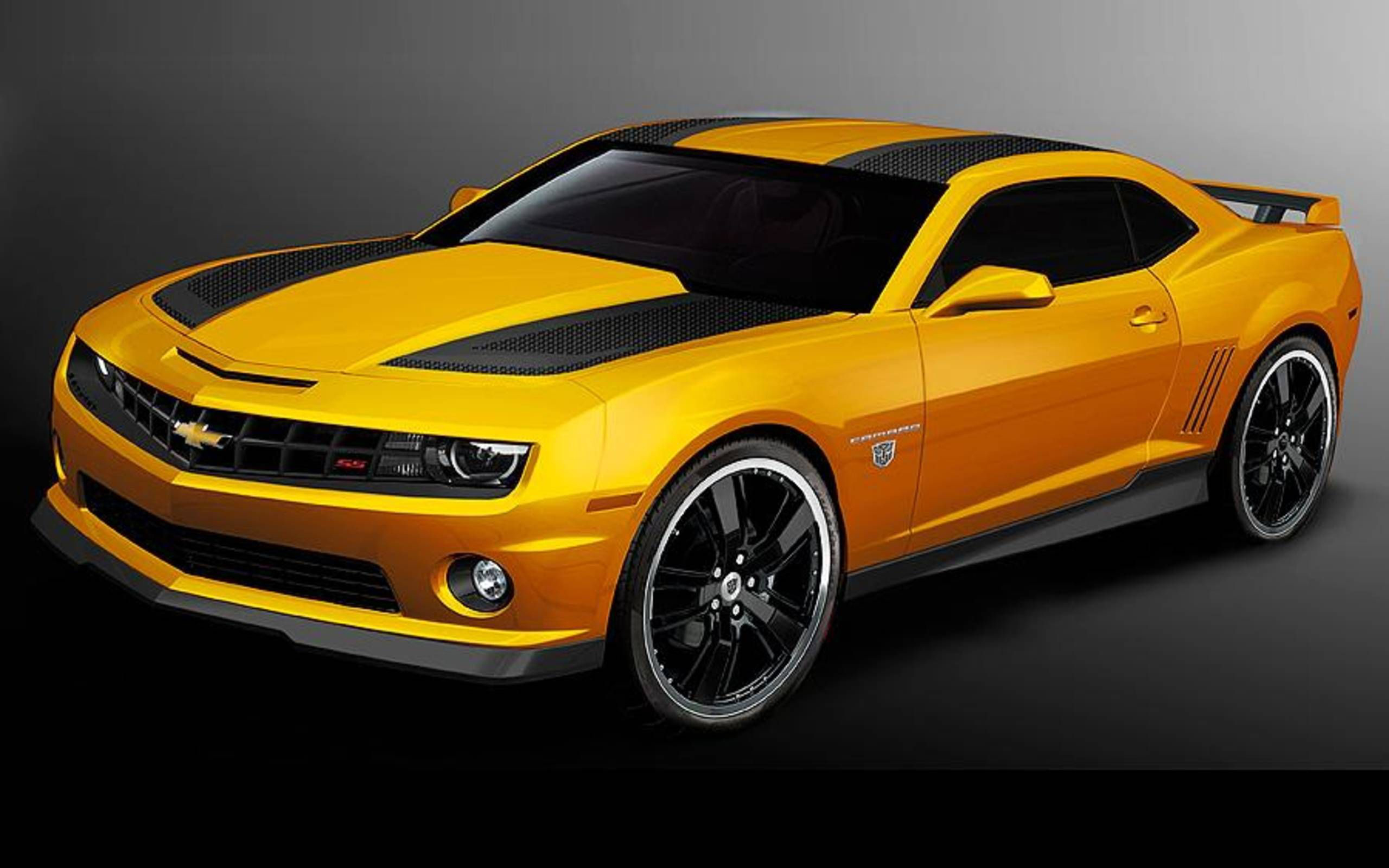 2. Transformers 1977 and 2007 Bumblebee Camaro
2. Transformers 1977 and 2007 Bumblebee Camaro
In the first “Transformers” movie, Bumblebee, which had been an autobot based on a VW Beetle, is a junkyard 1977 second-generation Camaro, and during the adventure it becomes a 2007 Camaro. Yellow, with black racing stripes, the ’77 was a Z/28 with only 185 hp. The 2007 delivered over 300 and in later films, the 2010 version was up to 400 ponies. Hey, it was a robot, “more than meets the eye.”
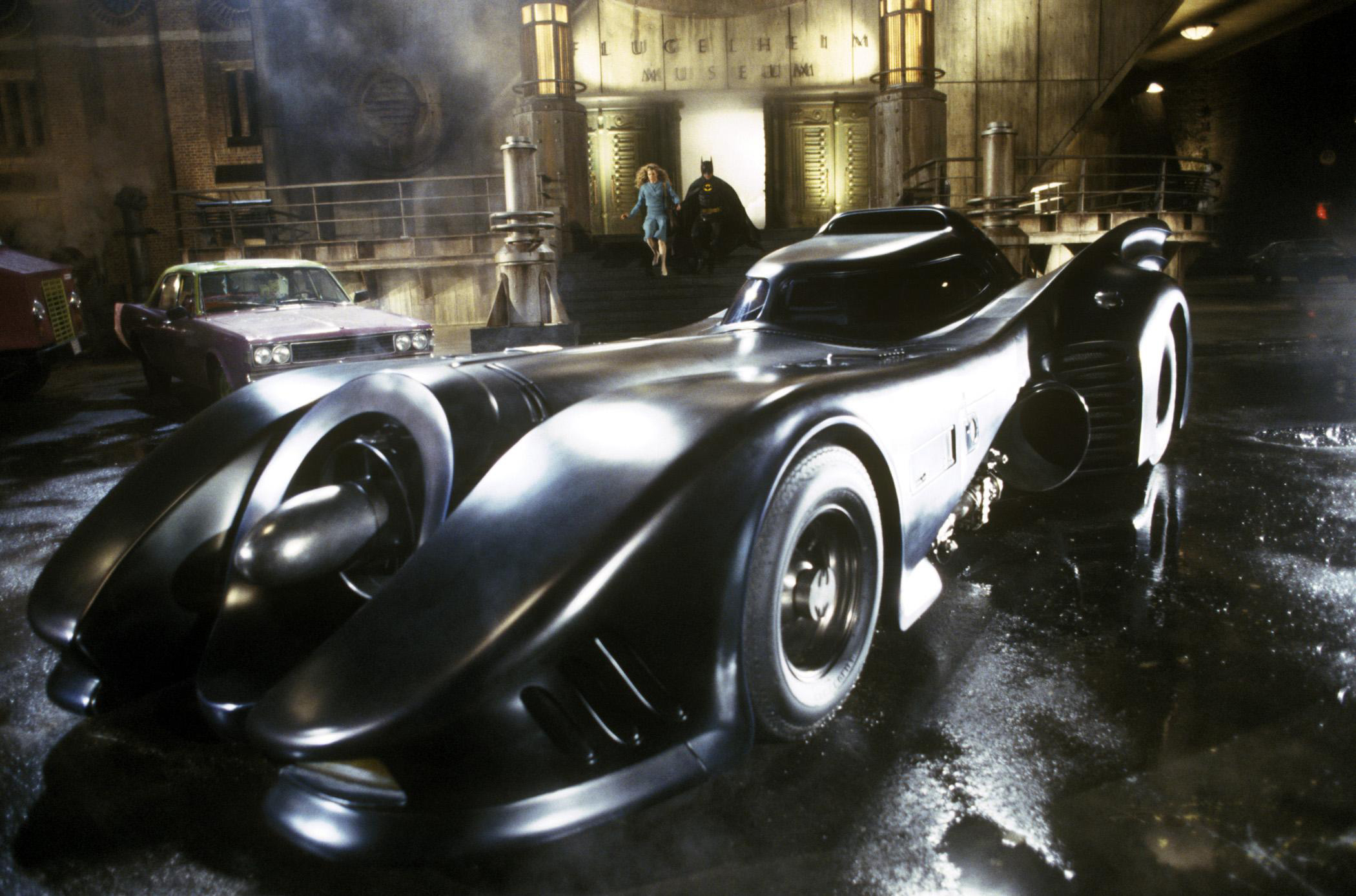 3. Tim Burton's Batmobile Corvette/Impala
3. Tim Burton's Batmobile Corvette/Impala
This GM Batmobile made for the 1989 “Batman” movie and for “Batman Returns” in 1992, was a modified 1970 Corvette body on a 6th-Gen 1985 Impala chassis with a Chevy V8 engine. It was rated at 400hp, though in Batmobile lore, the Dark Knight’s car can go 329 mph on 10,000 horses. And it had shields, remote control and a turbine.
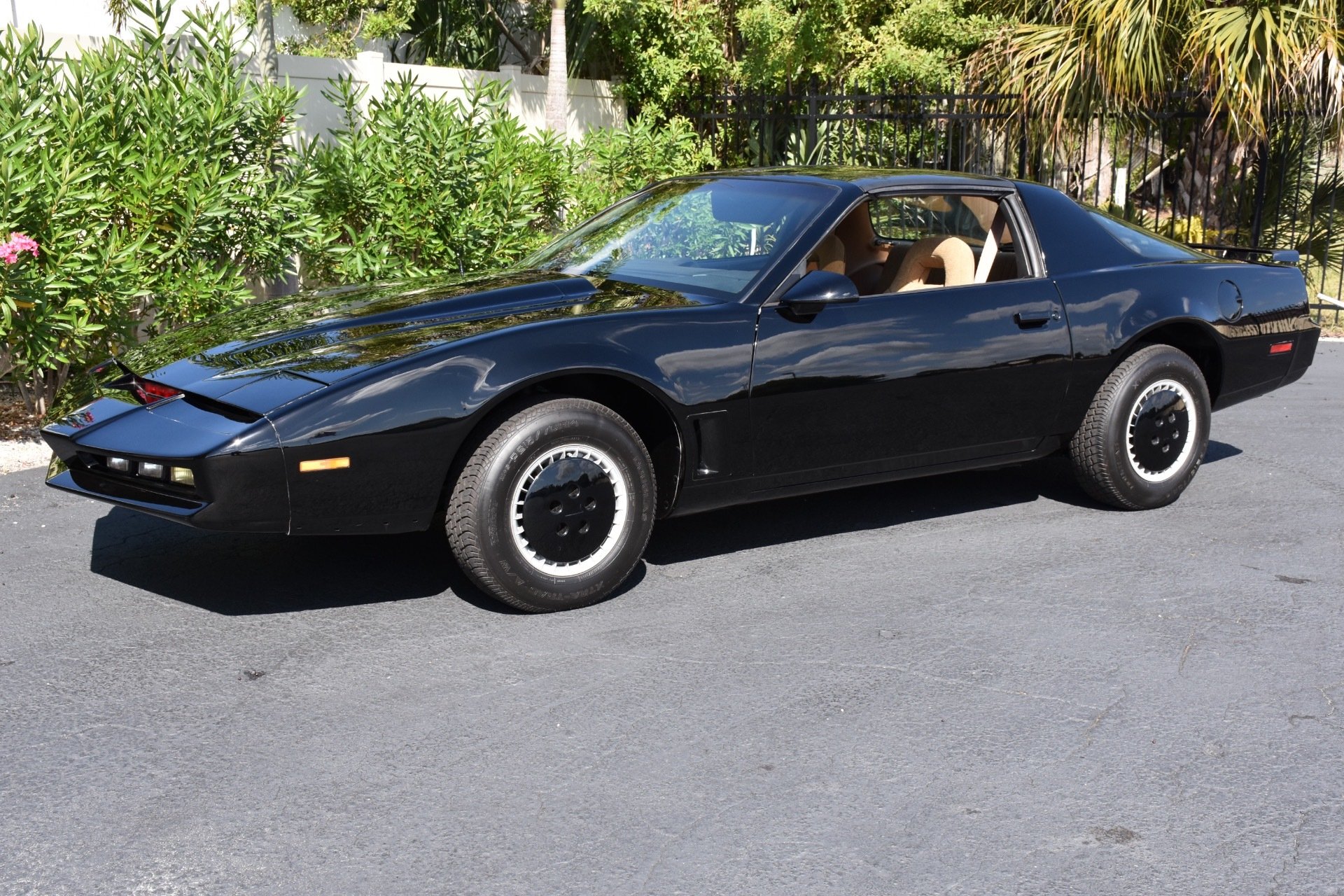 4. Knight Rider 1982-1984 Pontiac Trans Am
4. Knight Rider 1982-1984 Pontiac Trans Am
OK, this was a TV show and not a movie, but I mean, “Knight Rider” … it was a talking car. “K.I.T.T.” Knight Industries Two Thousand, was a customized 1982 Trans Am (upgraded to a 1984 during its run). A supercomputer on wheels with artificial intelligence, and a red front-mounted scanner bar. Turbo Boost was used to allow KITT to accelerate in excess of 200 mph forward or backward.
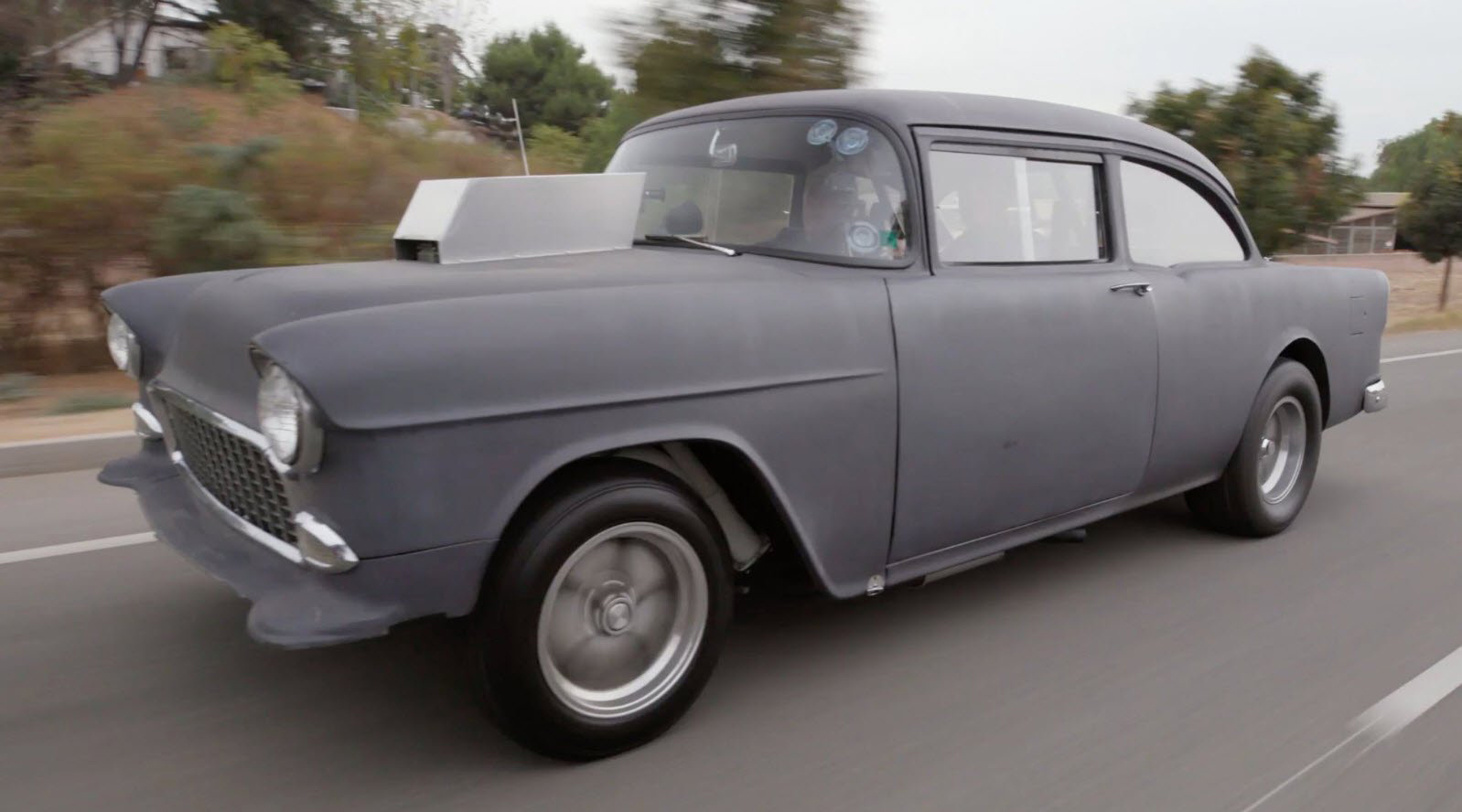 5. Two-Lane Blacktop 1955 Chevrolet 210
5. Two-Lane Blacktop 1955 Chevrolet 210
An homage to Route 66, with singer James Taylor doing the driving, racing for pink slips. He’s got a 1955 Chevy 210 in primer gray and a 454-cu.in. V8, fitted with dual four-barrel carburetors on a vintage Weiand manifold. Rated at 390hp, Taylor defeats Warren Oates and his 1970 Pontiac Judge. Side note: the same ’55 Chevy was used in “American Graffiti”, painted black as Bob Falfa’s (Harrison Ford’s) ride.
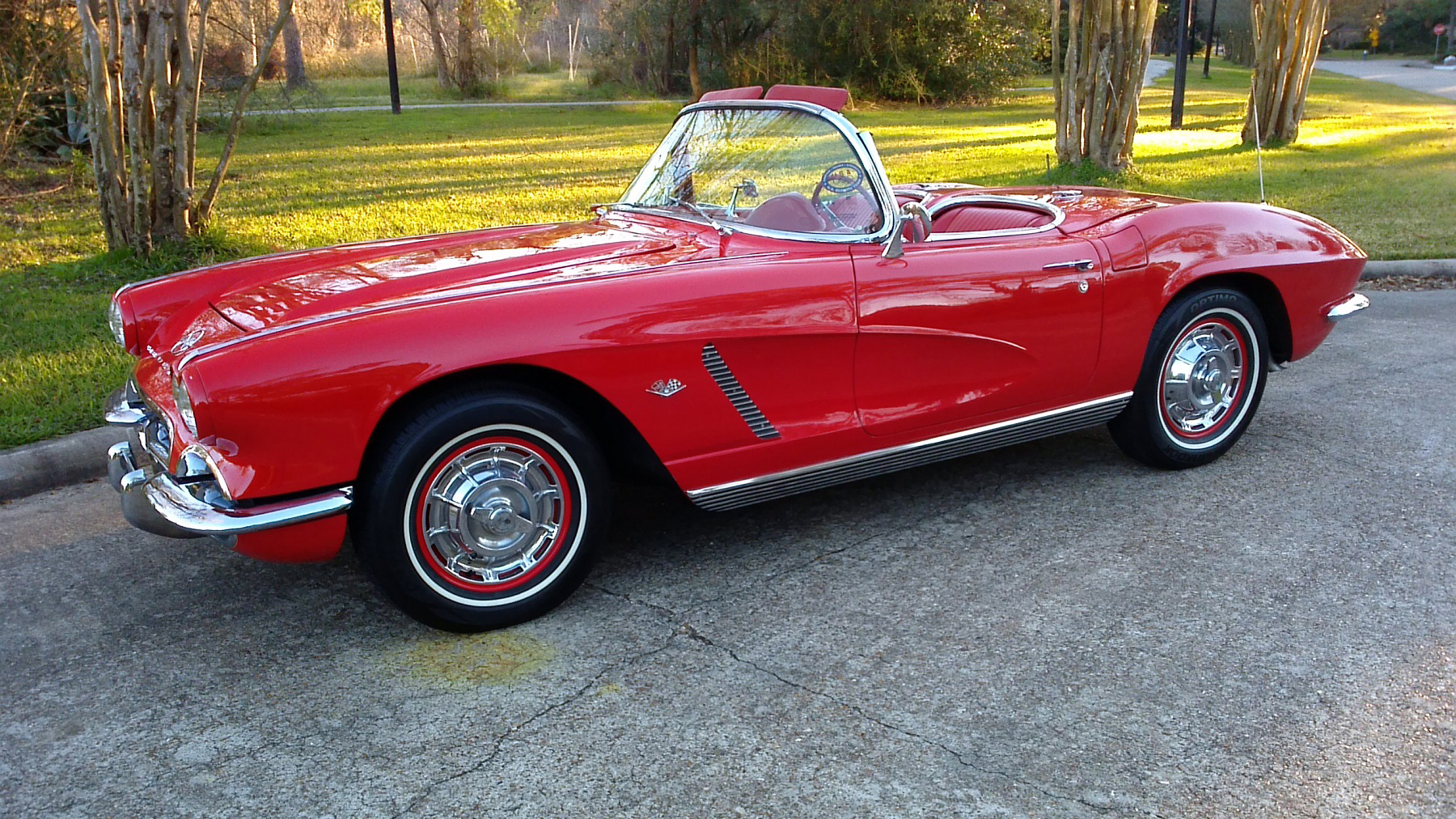 6. Route 66 1961-1964 Chevrolet Corvette
6. Route 66 1961-1964 Chevrolet Corvette
Back on Route 66, and back on TV, Tod and Buzz -- Martin Milner and George Maharis (later, Glenn Corbett as Linc) -- solved others’ problems each week, touring Route 66 in their Corvette from 1960-1964. The first episode used a 1960 model, followed by a 1961 for the rest of the season. The show upgraded its models each season in a series of colors and finished up with a 1963 Corvette Stingray and a ’64 during the last year of the run.
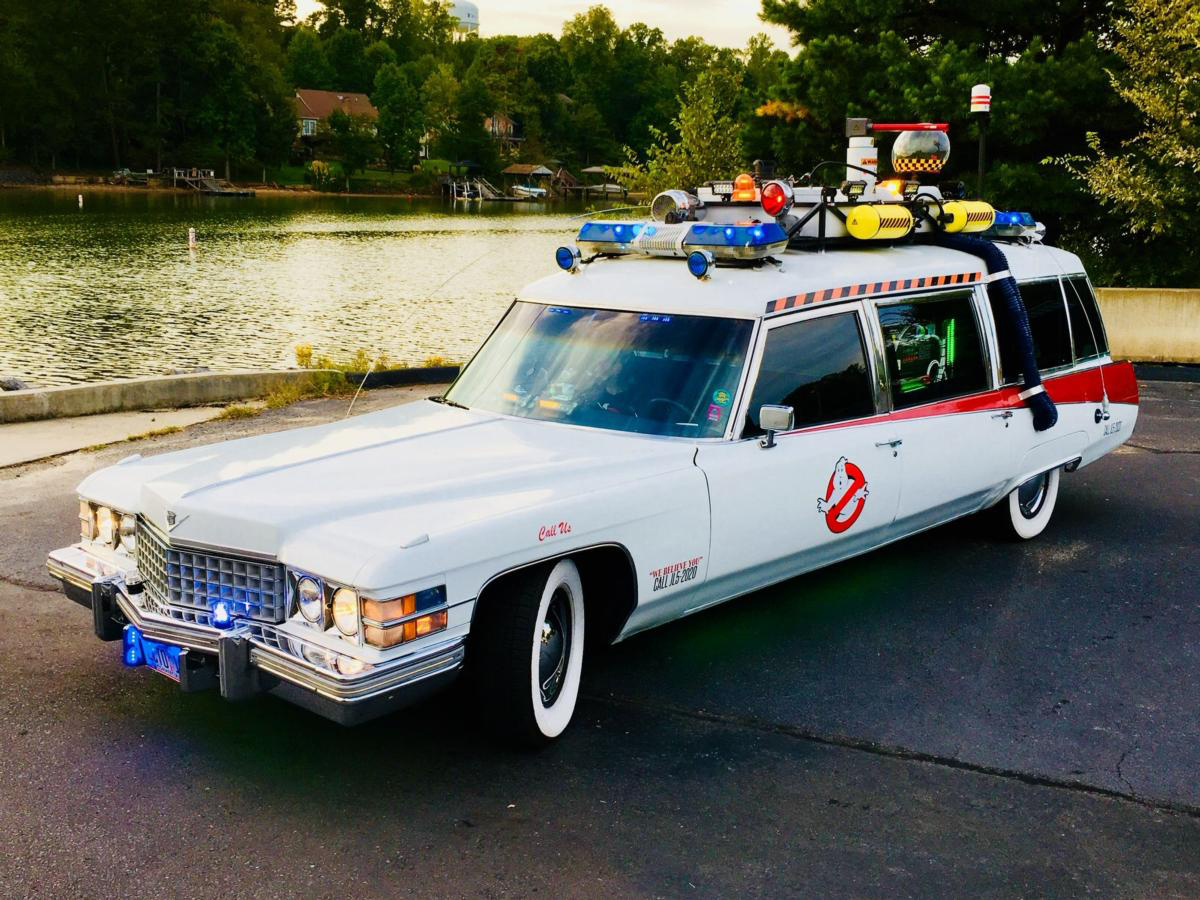 7. Ghostbusters Ecto-1 1959 Cadillac Miller-Meteor
7. Ghostbusters Ecto-1 1959 Cadillac Miller-Meteor
Who ya gonna call? The Ecto-1 1959 Cadillac Miller-Meteor ambulance, with its siren wailing and sliding proton cannon storage “wasn’t afraid of no ghosts.” The Futura Duplex limo-style endloader combination car (ambulance conversion) weighed 3 tons and was more than 20 feet long.
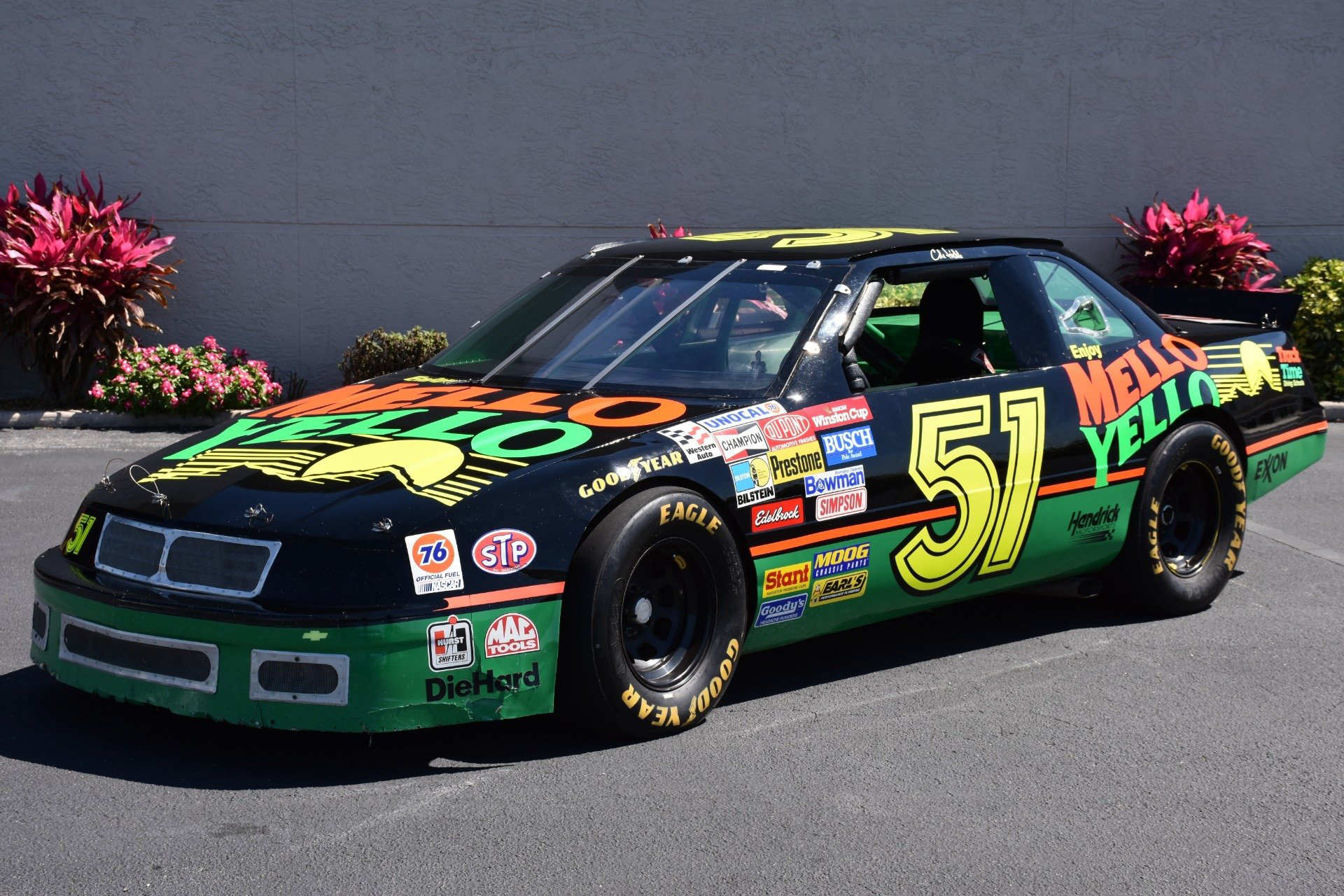 8. Days of Thunder 1989 Chevrolet Lumina Z34
8. Days of Thunder 1989 Chevrolet Lumina Z34
“Days of Thunder” is a NASCAR fan’s movie that stars a 650-hp Lumina Z34. Cole Trickle (Tom Cruise) drives into Victory Lane with a trick move and pilots the No. 46 City Chevrolet, the SuperFlo Chevrolet and later the No. 51 Mello Yellow Chevrolet.
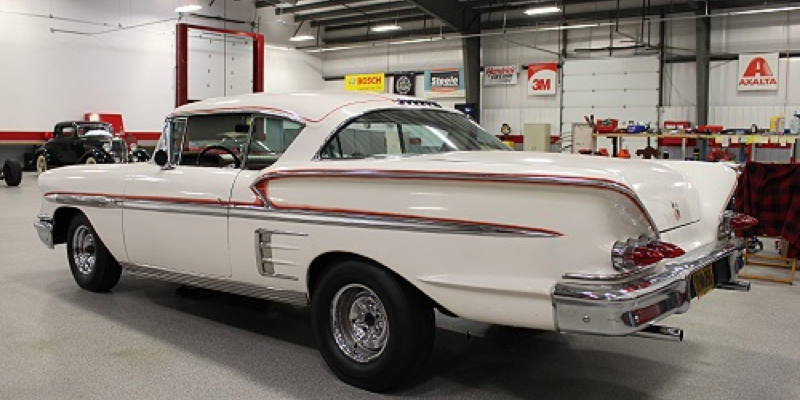 9. American Graffiti 1958 Chevrolet Impala
9. American Graffiti 1958 Chevrolet Impala
Bob Falfa’s 1955 Chevy 210 was also used in “Two Lane Blacktop” (above), but it gets beat by Steve's 1958 Chevy Impala, white with red pin striping, driven by Terry the Toad. According to Toad, the Impala has a 327 Chevy V-8 and for the film, it was built with no specification to open doors from the outside.
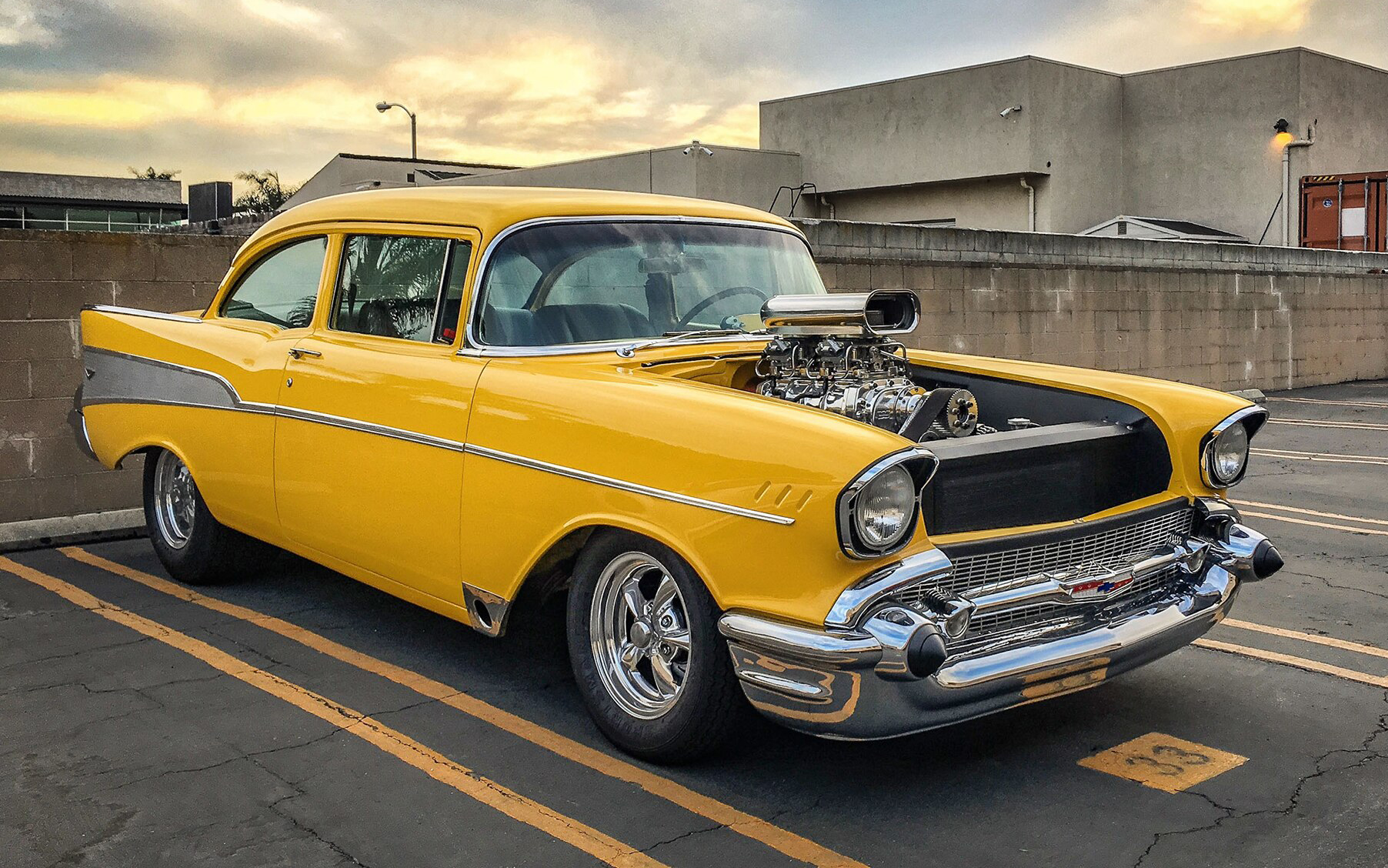 10. Hollywood Knights 1957 Chevrolet 210
10. Hollywood Knights 1957 Chevrolet 210
The Yellow, 1957 supercharged "Project X" is driven by Tony Danza in this 1980 film. The true star of this film, the ’57, featured a blown 383ci stroked small-block Chevrolet engine with a Dyers 6-71 supercharger, mated to a Turbo 350 automatic transmission with 3200 stall converter. It was tweaked with a number-1 pool ball shifter knob, a 9-inch rear-end with ladder bars and leaf springs, Cragar s/s wheels, and no hood.
Honorable mention: “Breaking Bad” 2004 Pontiac Aztec, “Rockford Files” 1974 Pontiac Firebird Esprit, “Corvette Summer” 1973 Corvette, “Stripes” EM-50 Urban Assault Vehicle, “Better Off Dead” 1967 Camaro, “48 Hours” 1964 Cadillac DeVille Convertible, “Cheech and Chong’s Up In Smoke” Customized Chevrolet Step Van, “The Car” Customized and possessed 1971 Lincoln Continental Mark III, “Rain Man” 1949 Buick Roadmaster Convertible, “The Monkees” 1966 Pontiac GTO, “Cannonball” 1970 Pontiac Trans Am and “McQ” 1973 Pontiac Trans Am SD455 (John Wayne’s car).
Since cars can be the star of a movie or show and HAVE ALWAYS been recognized as the stars at the Carlisle GM Nationals, 2021 brings the stars together with Carlisle Comic-Car-Con. At Carlisle in June you can see your favorite Comic, TV, and Movie cars pop off the pages or out of the screen and into one of the special displays in Building T. Event planners are still gathering cars for the showcase, but if you have one that fits the theme, be sure to visit the event page direct at CarlisleEvents.com to learn more, apply for consideration, purchase tickets and more!
Great movie cars, all. Which GM actors are your favorites?
> Visit www.CarlisleEvents.com for more on the automotive hobby.
Mike Blake, former editor of KIT CAR magazine, joined Carlisle Events as senior automotive journalist in 2004. He's been a "car guy" since the 1960s and has been writing professionally for about 30 years.
-
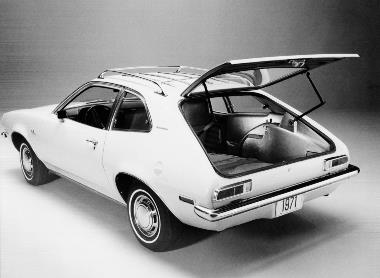
Ford Pinto 50 years later: Love it or Hate it, the Subcompact was Popular and Made an Impact
Tuesday, Jan 12, 2021
Playing on the equine theme that starred Mustang (possibly named after the P-51 Mustang fighter plane) and included Bronco and Maverick, Ford launc …
Show MorePlaying on the equine theme that starred Mustang (possibly named after the P-51 Mustang fighter plane) and included Bronco and Maverick, Ford launched the Pinto subcompact in 1970 for the 1971 model year. Marketed to combat Euro and Japanese compacts, Pinto was created as Ford’s smallest model, under the guidance of Blue Oval president Lee Iacocca, who mandated a 1971 model that weighed under 2000 pounds and cost less than $2000 (US). From concept to delivery, Pinto, internally called “Lee’s car,” took only 25 months – industry average was 43 months – and its production of 3 million vehicles in 10 years, far exceeded that of its American subcompact competition – Chevy Vega and AMC Gremlin.
Pinto was popular with public, branded as “The little carefree car,” and its entry model sold for $1800, to help generate sales of 352,402 for its 1971 run and a high of 544,209 for model-year 1974.
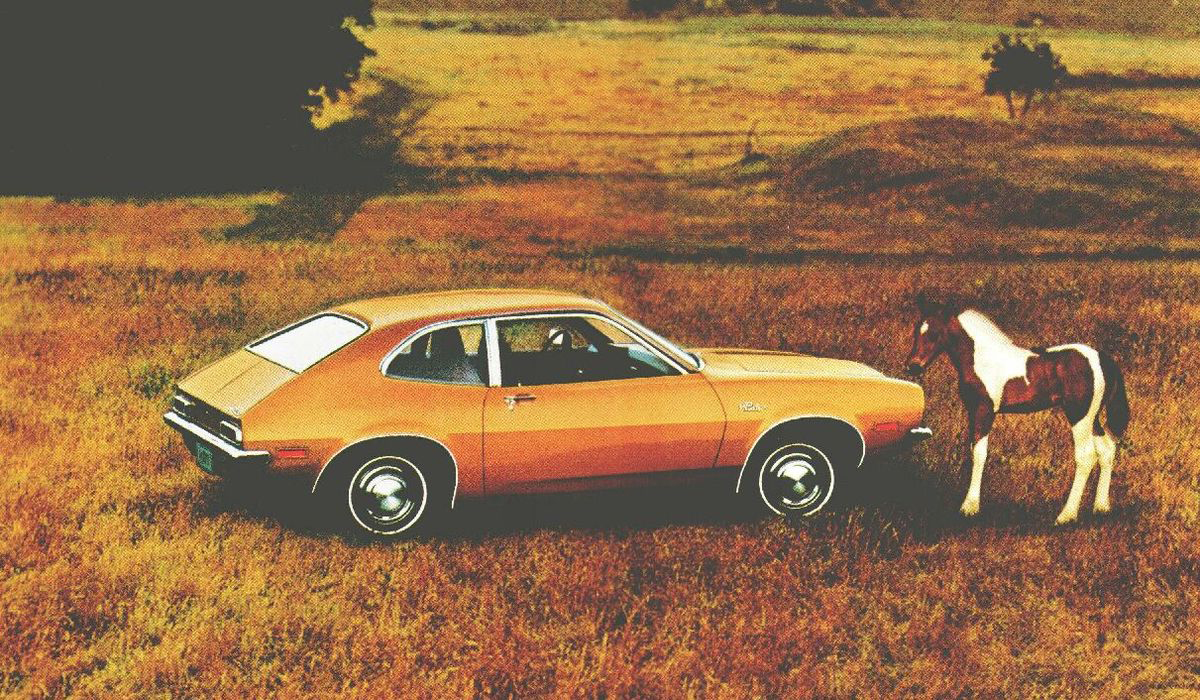 During production, Pinto was subjected to a battery of crash tests and while the results were less than stellar – fuel leaks that required minor retooling – to save production time and costs, Ford chose to continue with the design at hand until new National Highway Traffic Safety Administration (NHTSA) testing rules were to come into play in 1977.
During production, Pinto was subjected to a battery of crash tests and while the results were less than stellar – fuel leaks that required minor retooling – to save production time and costs, Ford chose to continue with the design at hand until new National Highway Traffic Safety Administration (NHTSA) testing rules were to come into play in 1977.A design error occurred when, in an effort to create more interior room in the subcompact, Pinto’s steel fuel tank was located behind the rear axle and in front of the bumper, which made it subject to rear-impact fuel spills and fires.
Pinto thrived and was popular with the public, despite some negative critiques by the media. Despite a high-profile accident involving a Pinto in 1972, in which a driver was killed and a 13-year-old passenger suffered third-degree burns over 90-percent of his body after the car was struck from behind at an estimated speed of 30 mph, Pinto sales and reception were solid. The shine came off the horse in 1977, when the accident case went to trial, and Mother Jones magazine printed an article labeling Pinto: a “firetrap” and a “lethal car,” citing 500 to 900 fatal Pinto fires. While some of the article information was exaggerated or incorrect, and while fire-related deaths involving Pinto did reach 27 at the time of the trial (a total consistent with other subcompacts on the market), the course had been set, sensationalistic and inaccurate stories proliferated, and the public grew skeptical of Pinto.
Prior to the falling out, Pinto had its fans – and it still does. A 10-year-run made it a classic. Over its decade, Pinto was offered as a 2-door sedan, 2-door sedan delivery, 2-door station wagon and 3-door hatchback. For its first five years, Pinto was outfitted with 4-cylinder engines that ranged from 1.6 liters to 2.3 liters and delivered from 75 hp to 100 hp – adding a 103-hp 2.8-liter V-6 in 1976. Decently quick for the era genre, early Pintos were timed in 10.8 seconds for a zero-to-60mpg sprint.
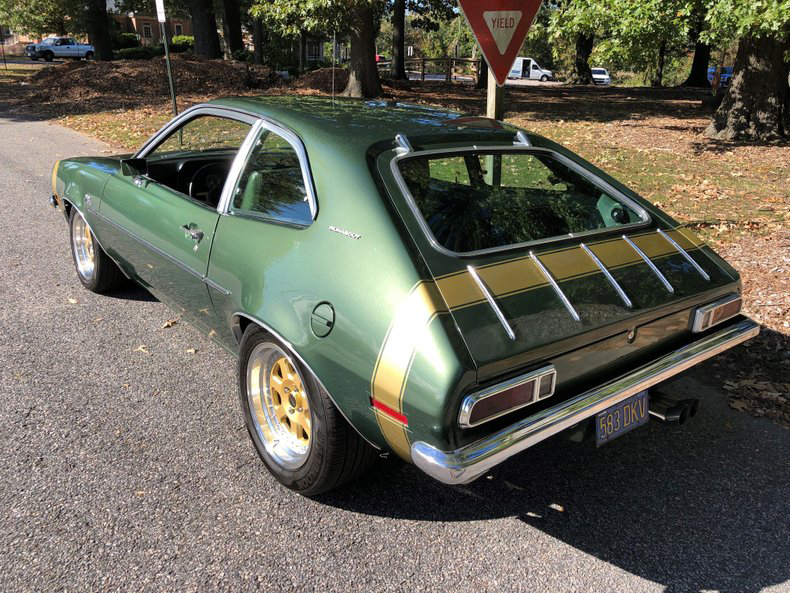 From a design perspective, the fastback sedan was the first body style, but the 1971 Runabout hatchback might have been the most iconic Pinto, launched in February 1971. The hatchback featured exposed chrome hinges for the liftgate and five decorative chrome strips, pneumatic struts to assist in opening the hatch, a rear window approximately as large as the sedan's, and a fold-down seat. The original Pinto measured 163 inches long, 69.4 inches wide and 50 inches high on a 94-inch wheelbase, and by 1972, the hatch was redesigned, with the glass portion of the hatch enlarged to almost the entire size of the hatch itself. Also in 1972, Pinto debuted its station wagon, Ford’s first two-door wagon since its 1965 Falcon. The wagon stretched to 172.7 inches long and came with a 2.0-liter engine, flip-open rear windows and faux wood side paneling for its Pinto Squire trim level.
From a design perspective, the fastback sedan was the first body style, but the 1971 Runabout hatchback might have been the most iconic Pinto, launched in February 1971. The hatchback featured exposed chrome hinges for the liftgate and five decorative chrome strips, pneumatic struts to assist in opening the hatch, a rear window approximately as large as the sedan's, and a fold-down seat. The original Pinto measured 163 inches long, 69.4 inches wide and 50 inches high on a 94-inch wheelbase, and by 1972, the hatch was redesigned, with the glass portion of the hatch enlarged to almost the entire size of the hatch itself. Also in 1972, Pinto debuted its station wagon, Ford’s first two-door wagon since its 1965 Falcon. The wagon stretched to 172.7 inches long and came with a 2.0-liter engine, flip-open rear windows and faux wood side paneling for its Pinto Squire trim level.From 1974-1978, the big design change was the addition of federally mandated 5mph bumpers. A 2.3-liter engine option was added, and in 1975, a 2.8-liter V-6 was offered, and the Mercury Bobcat (a rebadge) was marketed. In 1976, Pinto tweaked with an egg crate grille and chrome headlamp bezels, and the Stallion cosmetic package provided black two-tone accent paint offered in red, yellow, silver, and white body colors, while the Runabout Squire tweaked up with wood-grain vinyl bodysides like the Squire wagon.
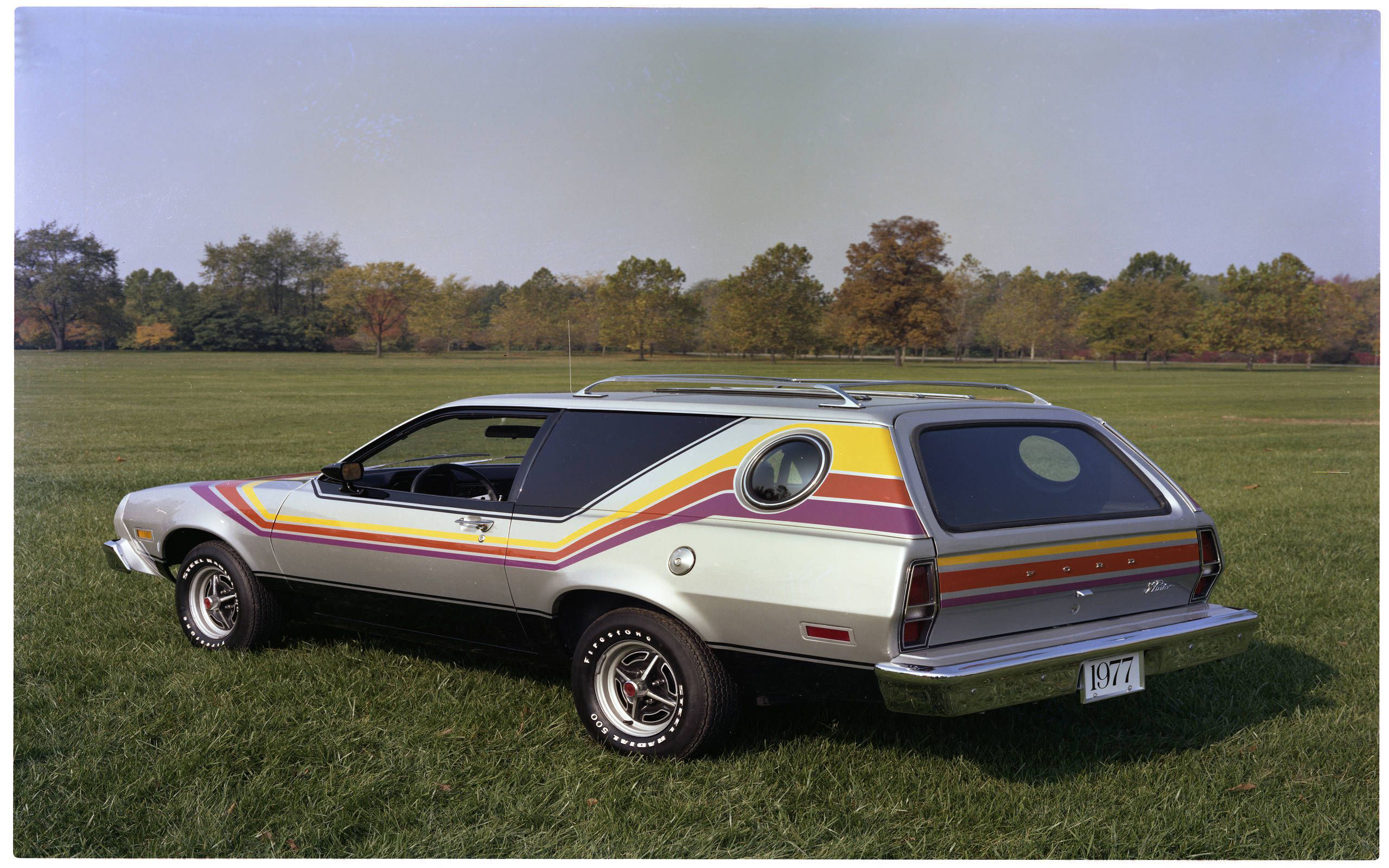 In 1977, Pinto styled up with slanted back urethane headlamp buckets, parking lamps, and grille. Runabouts got an optional all-glass rear hatch and the Pinto Cruising Wagon, sedan delivery made the line-up, with round side panel “bubble windows” and a choice of optional vinyl graphics.
In 1977, Pinto styled up with slanted back urethane headlamp buckets, parking lamps, and grille. Runabouts got an optional all-glass rear hatch and the Pinto Cruising Wagon, sedan delivery made the line-up, with round side panel “bubble windows” and a choice of optional vinyl graphics.For 1978 Pinto was redesigned, as it moved away from its similarity to Ford’s Maverick and became a modern Fairmont sibling with rectangular headlamps, inboard vertical parking lamps, and a taller slanted back grille. The interior was re-imagined, with a new rectangular instrument cluster and modified dash-pad for vehicles without the optional sports instrumentation. The V-6 engine was put to bed, and only the 2.3-liter 4-cylinder was offered.
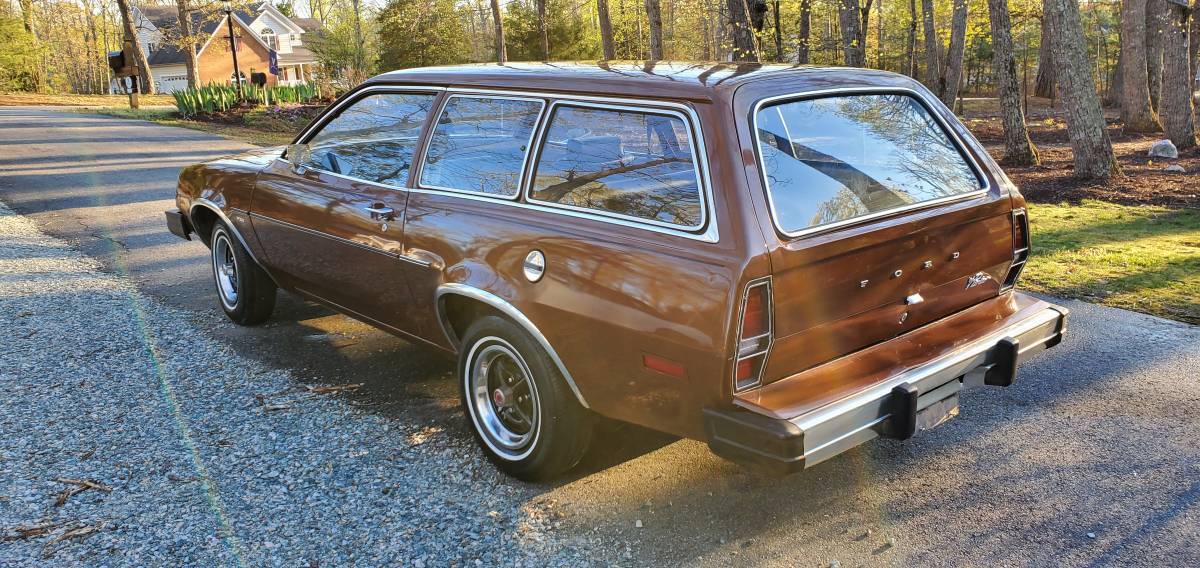 The final production year was 1980, as Ford Escort replaced Pinto in the Blue Oval lime-up. But for 10 years, Pinto was a huge part of American automotive consciousness, with 3,173,491 models built, but cut from the line well before its predicted 11-million-unit build-and-sale.
The final production year was 1980, as Ford Escort replaced Pinto in the Blue Oval lime-up. But for 10 years, Pinto was a huge part of American automotive consciousness, with 3,173,491 models built, but cut from the line well before its predicted 11-million-unit build-and-sale.Ford had combated the ‘made in Japan” car trend and “Lee’s Car” made history … good and bad, for Ford, and gained fans as well as detractors during its controversial decade. Over the years they have been saved, restored, made into racers, dragsters, performance monsters and classic icons. They have certainly endured past their 10-year-run.
In 2021, the Carlisle Ford Nationals (June 4-6) celebrate the 50th birthday of the Pinto. With over 3 million made between 1971 and 1980, there are still many that make the car show circuit with dozens planned for this summer's event. Not only will the Carlisle Ford Nationals celebrate the Ford Pinto but also its Mercury sister, the Mercury Bobcat. Expect a very special showcase within Building T featuring the Pinto as well as even more Pintos and Bobcats on the National Parts Depot Showfield.
If you have a Pinto or Bobcat that fits this amazing theme, be sure to visit the event page direct at CarlisleEvents.com to learn more, apply for consideration, purchase tickets and more!Mike Blake, former editor of KIT CAR magazine, joined Carlisle Events as senior automotive journalist in 2004. He's been a "car guy" since the 1960s and has been writing professionally for about 30 years.
-
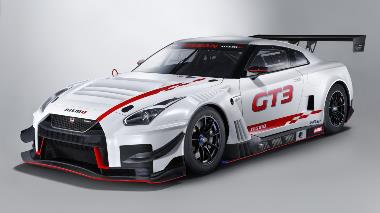
Most Popular Race Prepared Vehicles: Taking it to the Street
Tuesday, Jan 5, 2021
For many of us, our vehicles are for daily driving, for providing function and style, for driving occasionally or for collecting and showing off. B …
Show MoreFor many of us, our vehicles are for daily driving, for providing function and style, for driving occasionally or for collecting and showing off. But for millions of Americans, their prized vehicles are specially prepared for road racing, autocross (Solo racing), drifting, road rallies, drag racing or any number of different racing genres.
There are many great local car clubs and racing groups, and one of the leading organizations involved in these avenues for automotive performance is the Sports Car Club of America (SCCA) is a non-profit American automobile club and sanctioning body supporting American road racing and autocross events. Formed in 1944, it runs many programs for both amateur and professional racers. Begun as an enthusiast group for amateurs, the SCCA began sanctioning road racing in 1948 with the inaugural Watkins Glen Grand Prix.
Currently the SCCA sanctions Club Racing (road racing), Autocross (“Solo” racing), RallyCross, Road Rallies, Hill Climbs and more. All of these applications involve vehicles prepared for racing, though some of the more popular vehicles are stock, with a few tweaks. However, true hardcore vehicles are built for racing, and a pro or amateur enthusiast can either buy one and go racing, option-up, or build for racing.
One popular race build group is Ruf Automobile GmbH, a German car manufacturer that engineers original race-worthy cars using unmarked Porsche chassis, specifically known as “Bodies in White”. The cars are built from the ground up as completely new cars, using these bare chassis, and assembled using Ruf-made parts and materials. Rufs are recognized as production models and are known for its record-breaking 211 mph CTR. Ruf will also tune cars and create customer-requested Porsche-to-Ruf conversions.
Another build is from M-Sport, originally known as Malcolm Wilson Motorsport. UK-based M-Sport prepares and runs the official Ford rally Team with Ford Focus RS WRC and Ford Fiesta S2000, and the Bentley Motorsport Team.
A third race builder is HPD or Honda Performance Development, Honda's racing company within North America. HPD specializes in design, development, production, and sale of race engines, chassis components and complete race vehicles for racing customers. Based in Santa Clarita, CA, HPD prepares everything from Indy Cars to motorcycles to customer rally, touring, off-road, karting and midget competitions.
We could go into each form of race prepared vehicles but that will take several articles to cover fully. In future articles, we will hit Muscle Cars (think Dodge Demon, Chevy Camaro, Pontiac Firebird, Mustang Shelby, Buick GNX and more); AutoCross cars (think Honda CRX, S2000 and Civic Si, Fiat 124 Spider Abarth, Toyota MR2 and 86, Porsche Cayman and 914, Subaru WRX and many more); other racing venues, what it takes to tweak vehicle for racing and how to prepare a vehicle on race day.
But for this treatment, let’s quickly hit Street Racing and a few popular vehicles.
In simple terms, street racing is enthusiasts racing their cars on public roads. The popular cars offer quick response, lots of power (horsepower and torque), great handling, easy tuneability and maintenance, readily available tweaks and cars that won’t cost a fortune to obtain.
Ten of these popular race prepared vehicles include:
Nissan GT-R
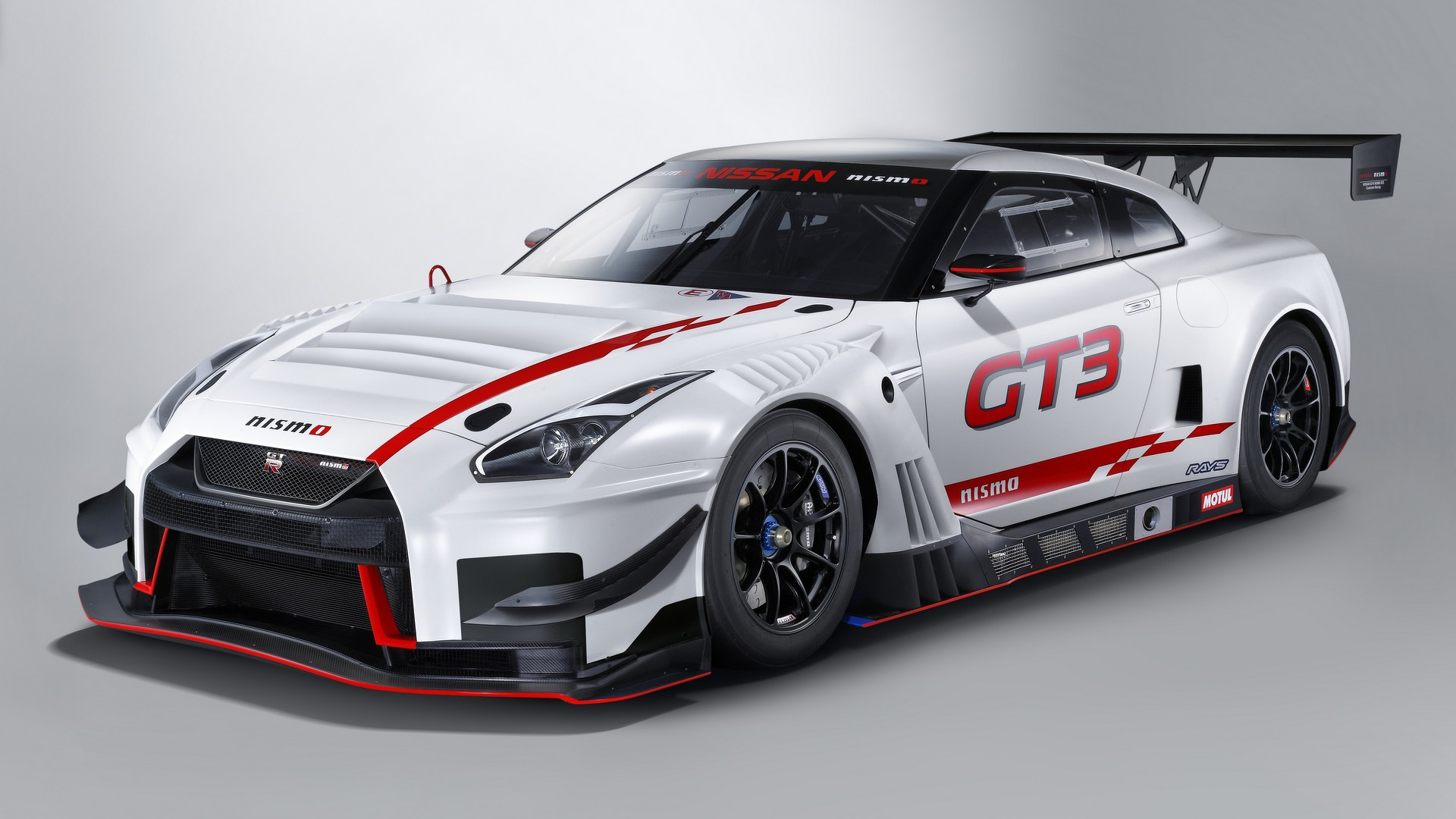
The GT-R rates right near the top in many garages and in many street races. Its superior handling, all-wheel-drive, power and balance, make this well-engineered beast a real force.
Toyota 86
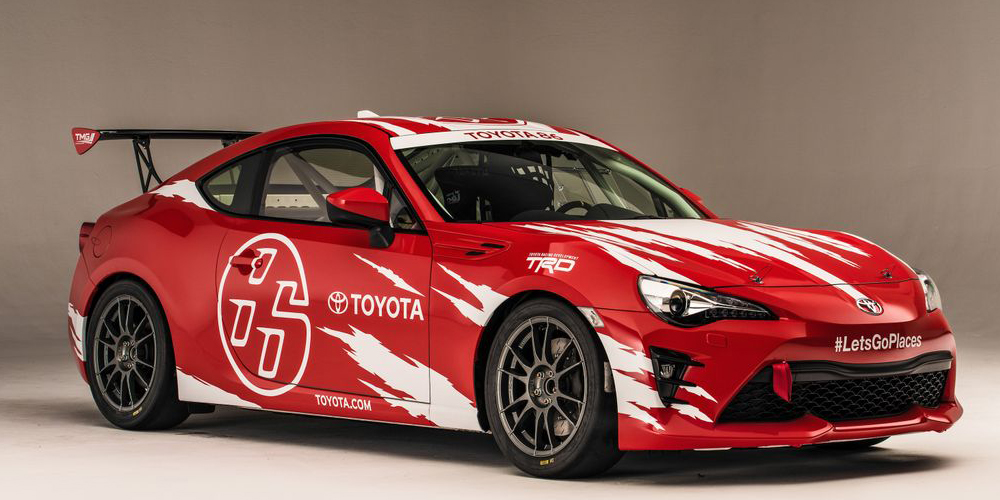
An engineering package from the team of Toyota and Subaru, the Toyota 86 is light, powerful and agile, at a friendly price.
Volkswagen Golf GTI
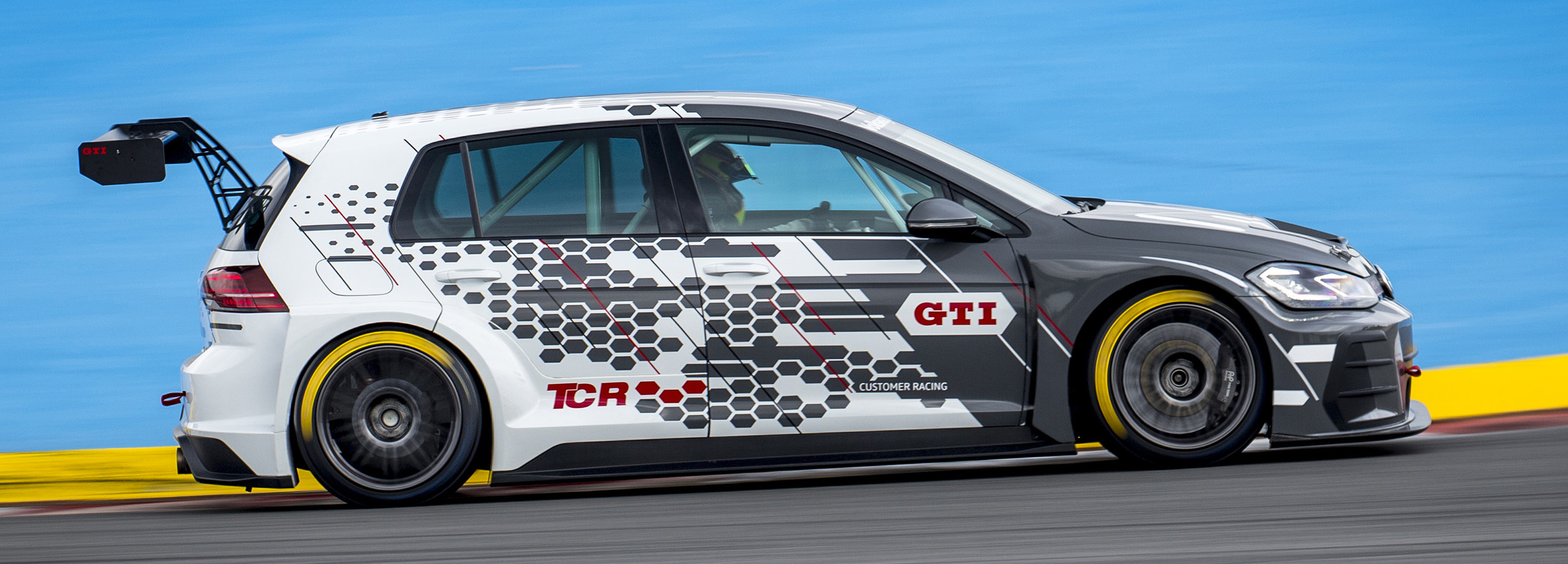
This seven-speed hatchback is a hot racer. Responsive and priced comparatively low, it can challenge the Big Boys.
Subaru WRX
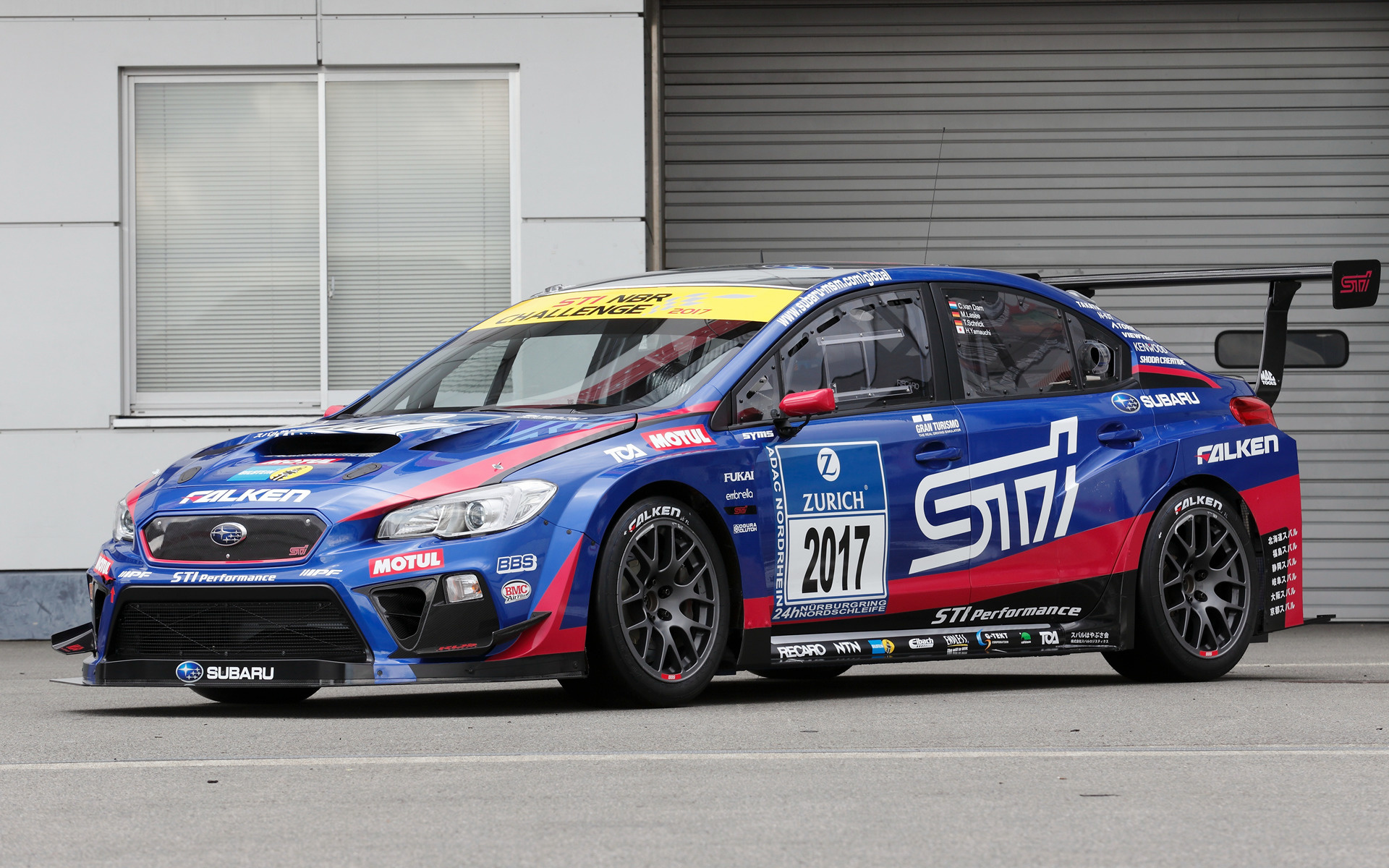
An all-wheel-drive competitor, WRX has a very loyal following. Whether stock or tweaked, WRX is quick off the line and handles on rails.
Mitsubishi Lancer Evolution IX
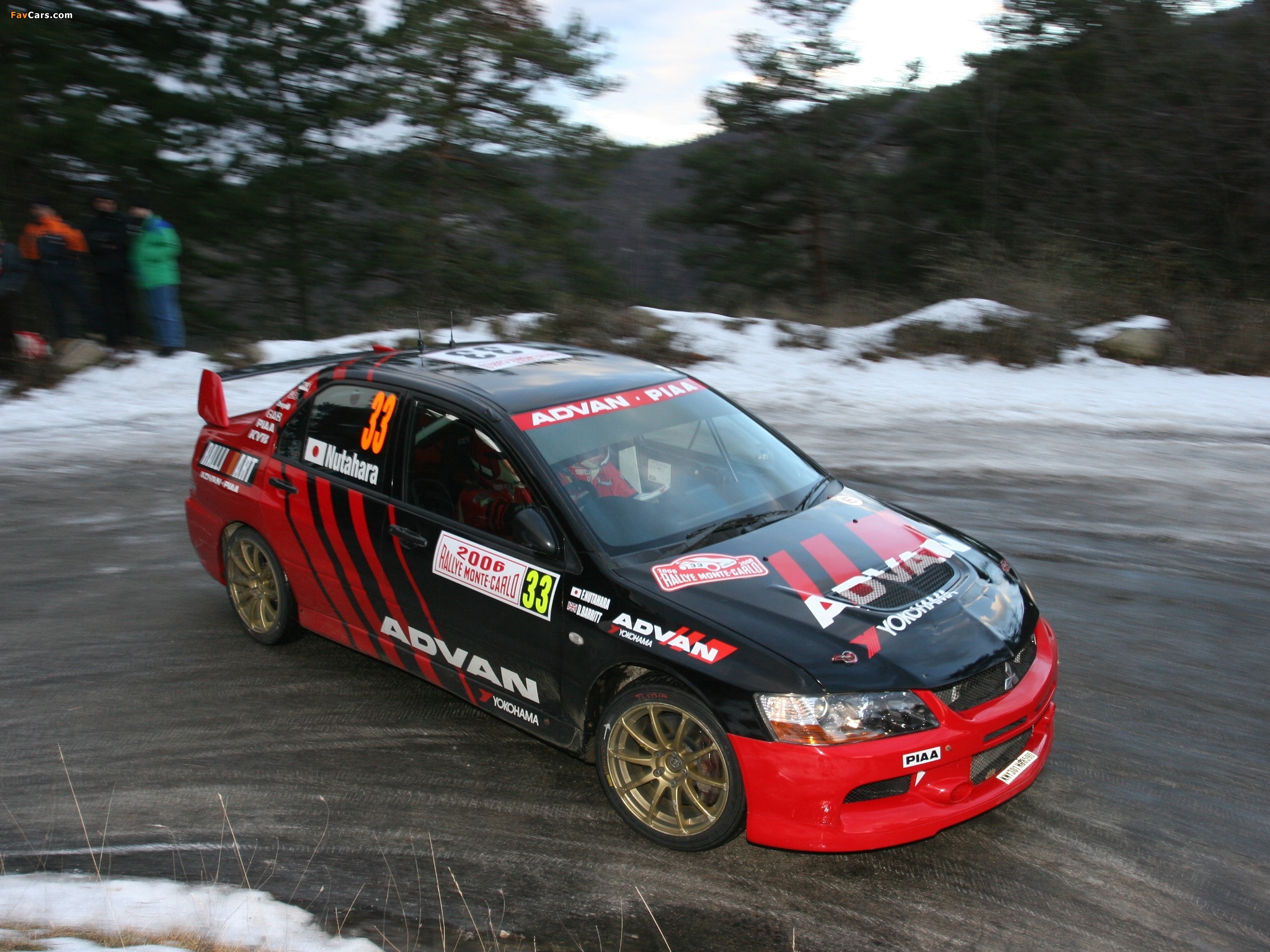
The Evo IX is a legend on the street, with a revised turbo, predictable cornering and power when called upon.
Toyota Supra MkIV
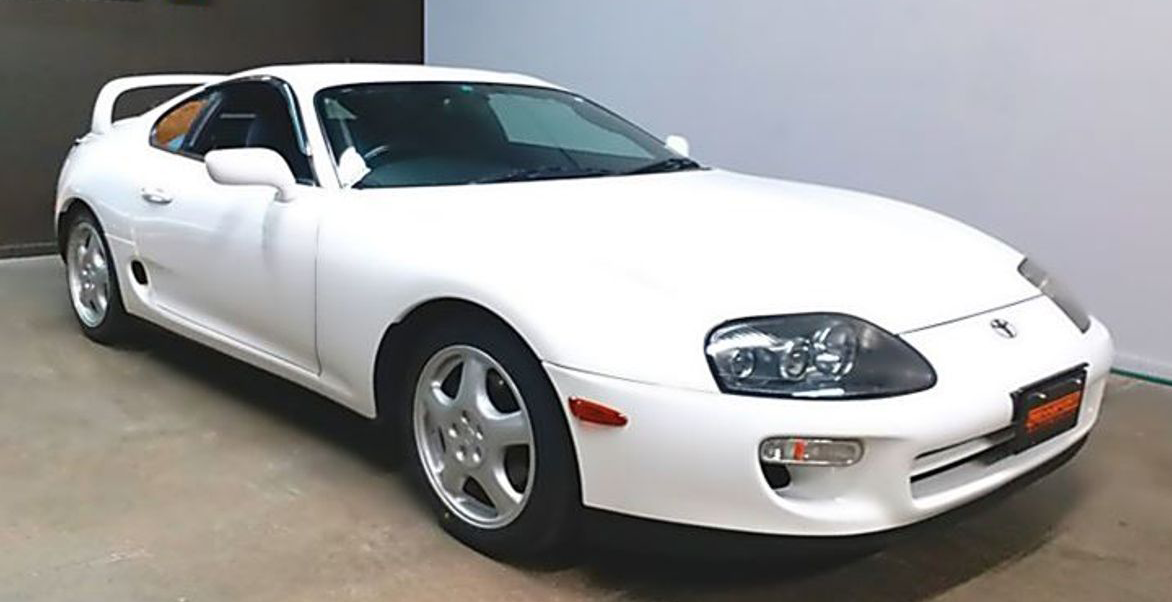
You see lots of MkIVs on the street race scene. Its rep was enhanced by the “Fast and Furious” film series, and on the street tracks, quadruple-digit horsepower has been seen.
Honda Civic Si
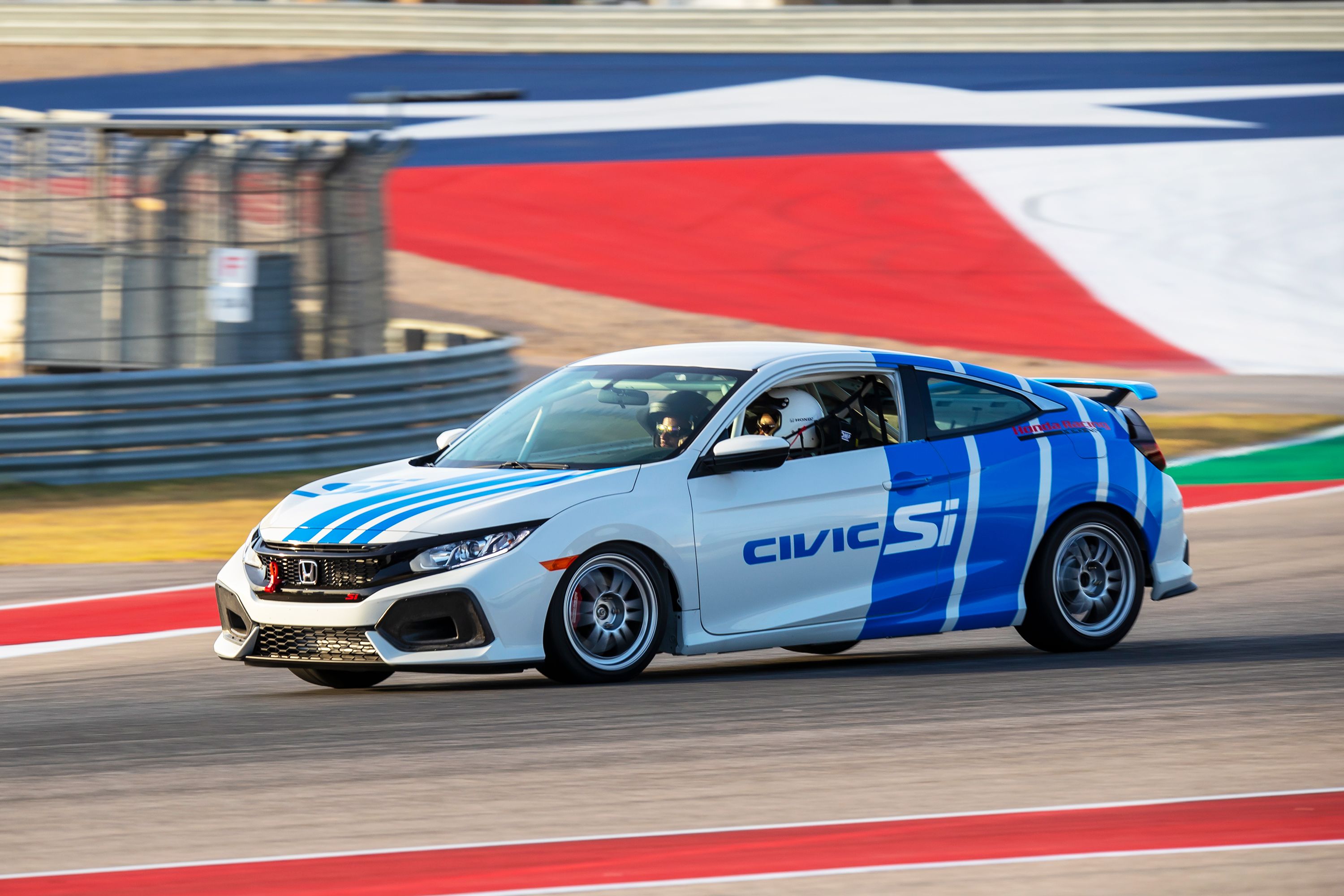
Another competitor priced favorably, a 4-cylinder turbo kicks in late and surprises its foes. Light and nimble ion the corners.
Mazda MX-5 Miata
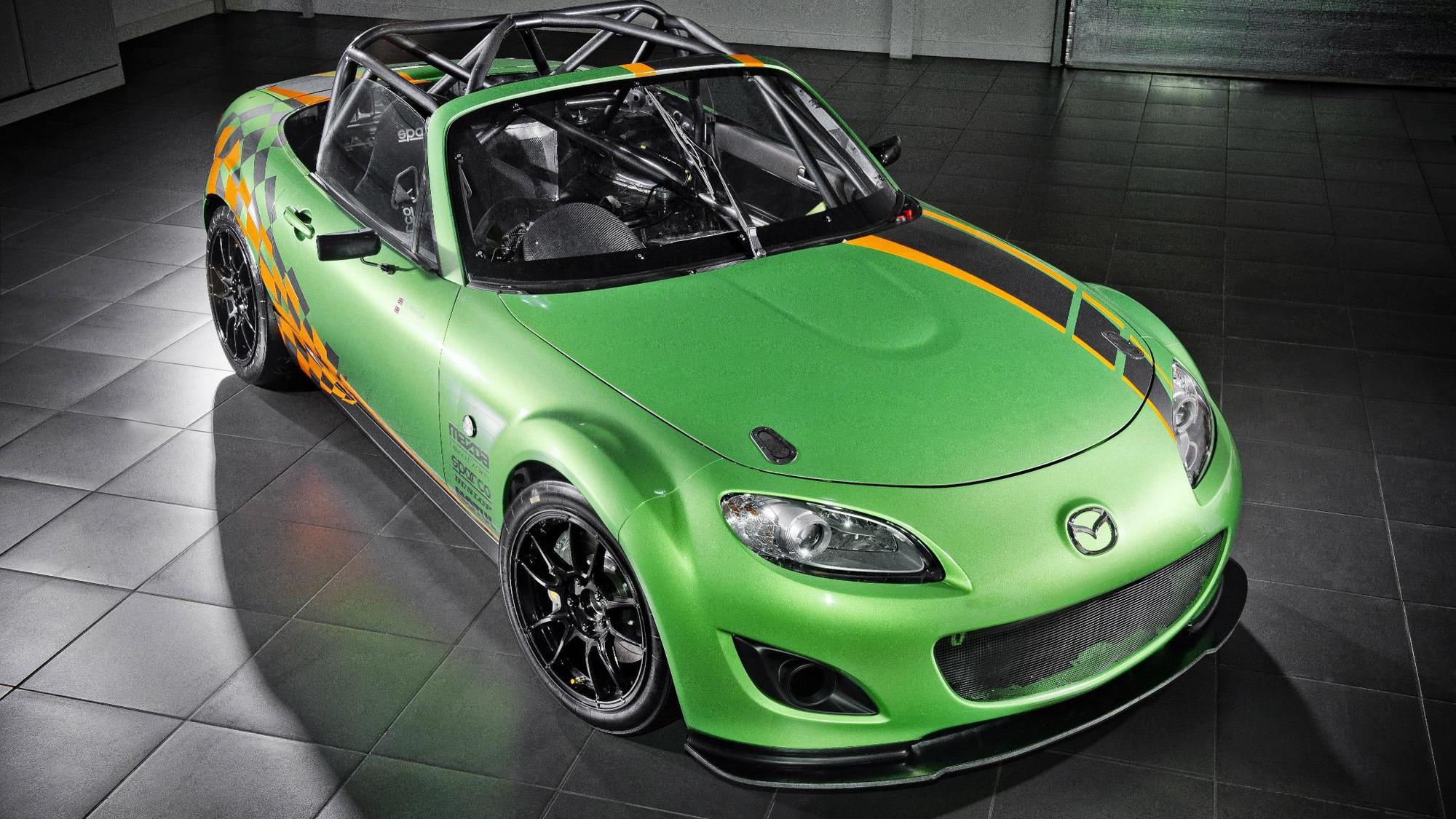
Fun to drive, power-to-weight is solid, priced for budgets and cool-looking at the race or on the way to it. Small, steady, sporty and popular.
BMW M2
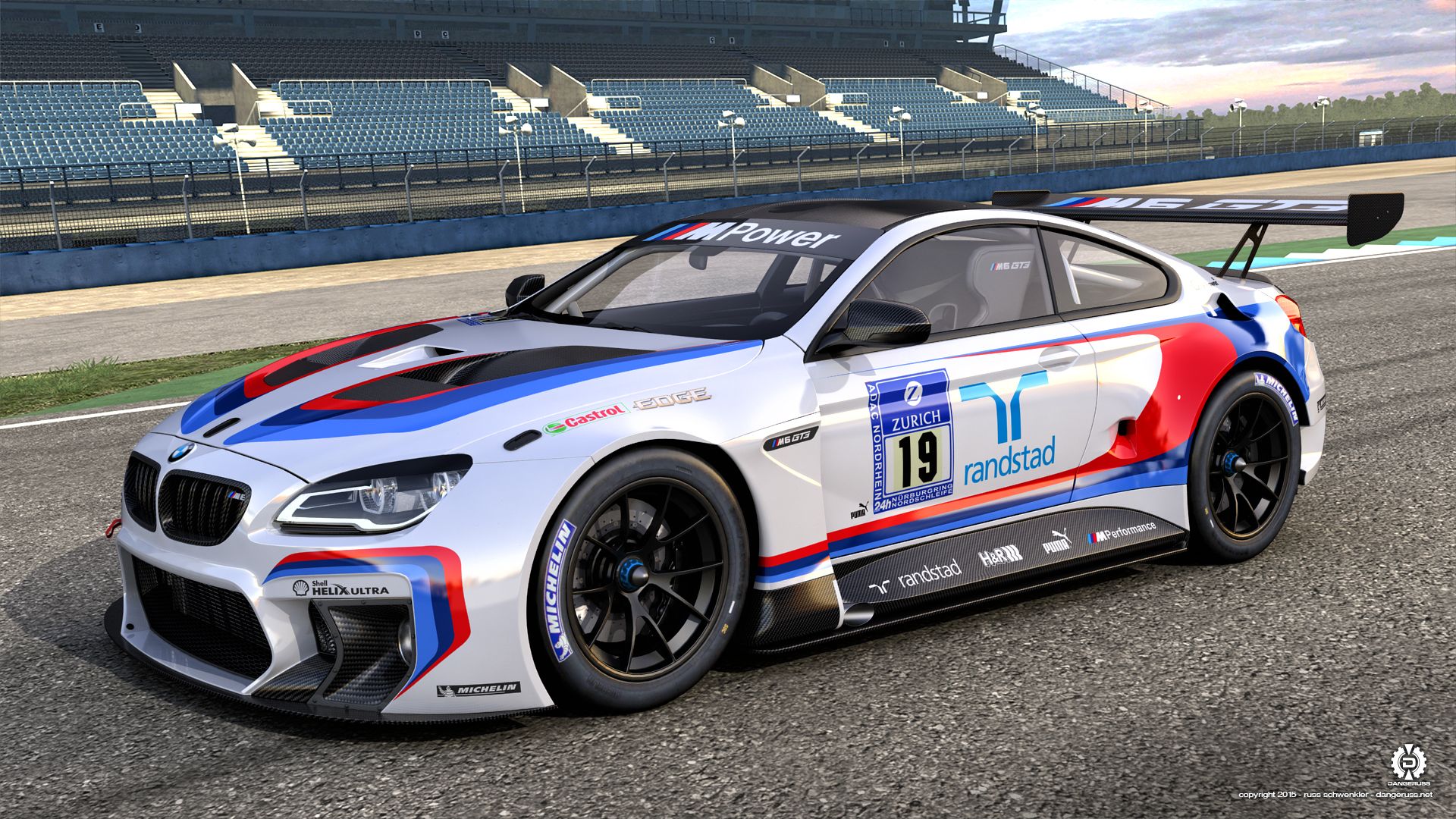
Not for the budget-conscious, but a consideration for the win-conscious. Balanced and powerful, M2 corners with the best of them and performs all day and night.
Nissan 350Z
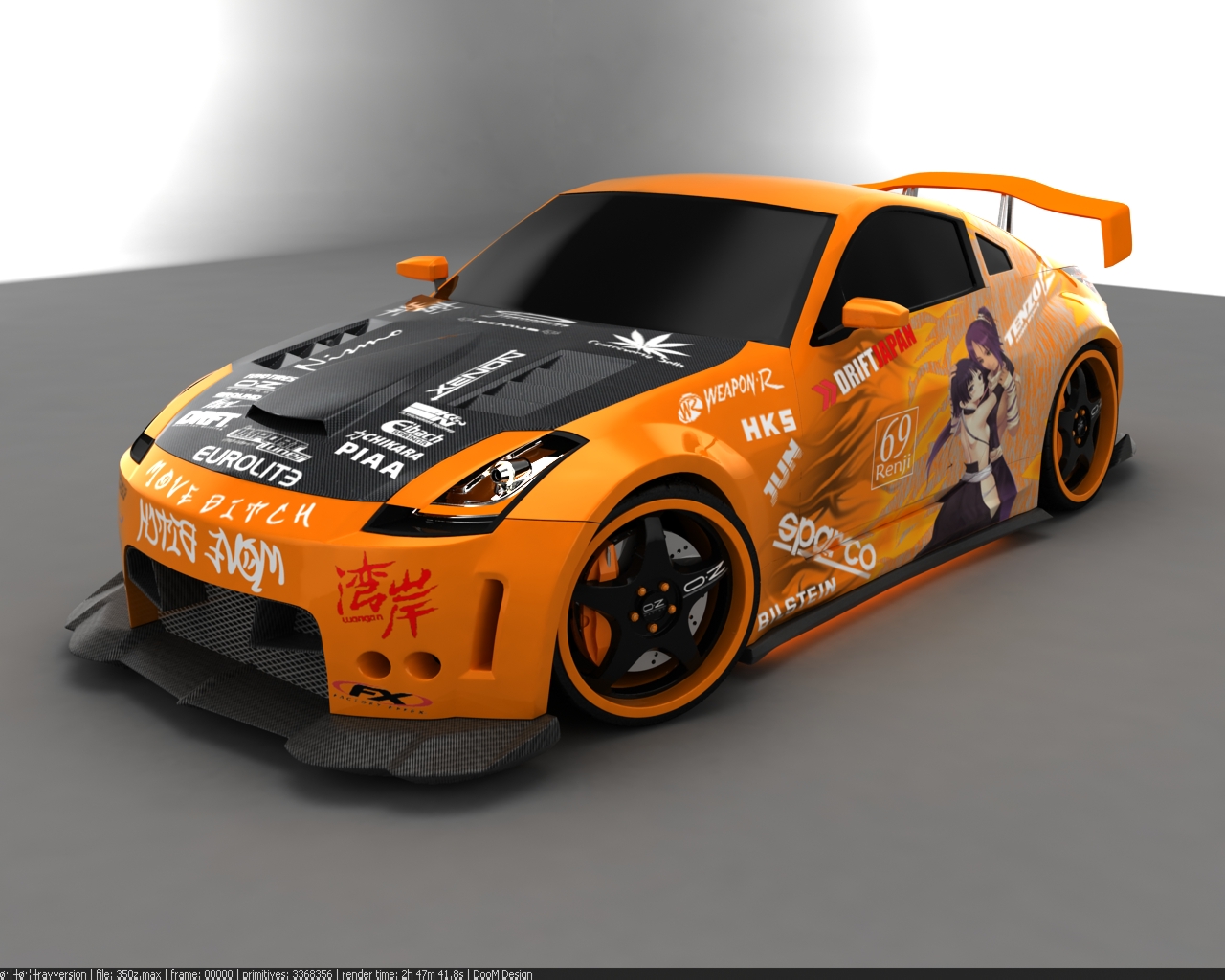
Another of the most plentiful metal monsters on the scene, the 350Z is priced favorably, powers up well, modifies easily and takes its rear-wheel-drive V6 engine to the front often.
Honorable mention:
American Muscle Cars are well-represented in race prepared street racing arenas. You really can’t have a solid conversation on popular race prepared cars without including Ford Mustang, Chevrolet Camaro and Chevrolet Corvette C6. Also in the mix are the exotic Lamborghini Huracan and the German-built BMW 3-Series (E46).
What race prepared street racer is your favorite? One of these, or another tweaked street champ?
You can see some of these cars and other race prepared rides annually at the Carlisle Import & Performance Nationals. The 2021 offering at the Carlisle PA Fairgrounds takes place May 14-15. Registration for the Showfield is now open, plus spectator tickets are available online and in advance too. Learn more about this great international automotive celebration at www.CarlisleEvents.com today.
Mike Blake, former editor of KIT CAR magazine, joined Carlisle Events as senior automotive journalist in 2004. He's been a "car guy" since the 1960s and has been writing professionally for about 30 years.
-
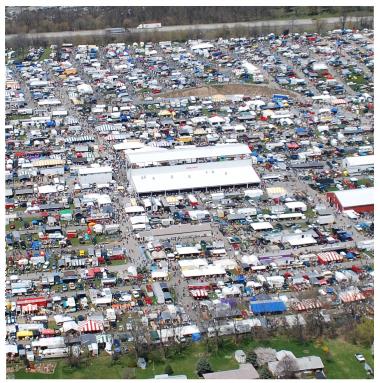
Who Shops Collector Swaps: Carlisle Events Audience is family
Tuesday, Dec 29, 2020
Car enthusiasts fuel the nation’s auto shows, auctions and automotive swap meets. Fueling the universal set of car enthusiasts are collectors with …
Show MoreCar enthusiasts fuel the nation’s auto shows, auctions and automotive swap meets. Fueling the universal set of car enthusiasts are collectors with their collector cars and automotive projects. According to classic-car insurance leader Hagerty Group, there are more than 5 million collector cars in America and roughly 58 percent are owned by Baby Boomers, born from 1946 through 1964. Traditional wisdom has said that it is the Boomers as well as WWII vets in “The Silent Generation,” born from 1928 through 1945 have long made up the majority of collector and parts shows. However, that has been evolving for the past 20 years.
Several studies on the subject show that demographics include supporters of the performance aftermarket and collector car ownership, with 76 percent being male; and the average age, which was once around 60, has dropped to 54 with many in their low 40s and new enthusiasts even younger. As the classic car collecting and project building audience has grown younger, a recent survey shows that 67% of respondents say they have always loved cars, more than 50% say they have been collecting for 20 years or more. Owners also admit to spending an average of $12,000 on their hobby, and more than half drive the vehicles they collect and work on. Around 85 percent are college educated, 78 percent are married and 42 percent are retired, but the Millenials, those born between the early 1980s and the early 2000s, is larger demographically than the remaining Baby Boomers, and are beginning to drive the genre. It is slowly beginning to evolve in that direction.
Several of the largest automotive collector car parts flea markets and swap meets are put on by Carlisle Events, at the Carlisle (PA) Fairgrounds, begun on September 26, 1974, when 600 vendors took up 800 spaces, and 13,000 spectators attended “Post War '74”. Within a few years, the Carlisle Fairgrounds had become a collector car enthusiast mecca, and the Fall Carlisle Collector Car Swap Meet & Car Corral and Spring Carlisle Collector Car Swap Meet & Car Corral have become sellouts on the 82-acre show site, drawing as many as 100,000 fans for a weekend. Scaled down a bit for Covid-19 restrictions, the two shows still draw big crowds and they continue to attend Carlisle Events shows out of loyalty, love for the genre and various other motivations.
Carlisle’s location may be part of the draw, as it sits within 250 miles of 58 million Americans, and within 300 miles of 65 million citizens. Of those, many are car enthusiasts who still come to shows rather than buying on-line because at a show, they can see, touch, smell and hear the items they came for, and they can talk about the parts and treasures they need with countless other enthusiasts they may have just met or have seen over the years at previous shows. Carlisle’s audience comes to be part of the show. You can’t get that on-line.
Tim Demark, Carlisle’s Vendor Manager said, many come for the merchandise the vendors display. “We display anything and everything for anything on wheels. Form what might be expected to what you’d never expect to see. The collectors are the stars of the show, those enthusiasts who collect or do restorations and are nostalgic in continuing their traditions of coming to the shows they were introduced to by their parents or grandparents. Maybe they grew up with a certain car, and that classic car still triggers them. Now they can put one together or restore a car or truck to the way they remember it. It has become their passion.”
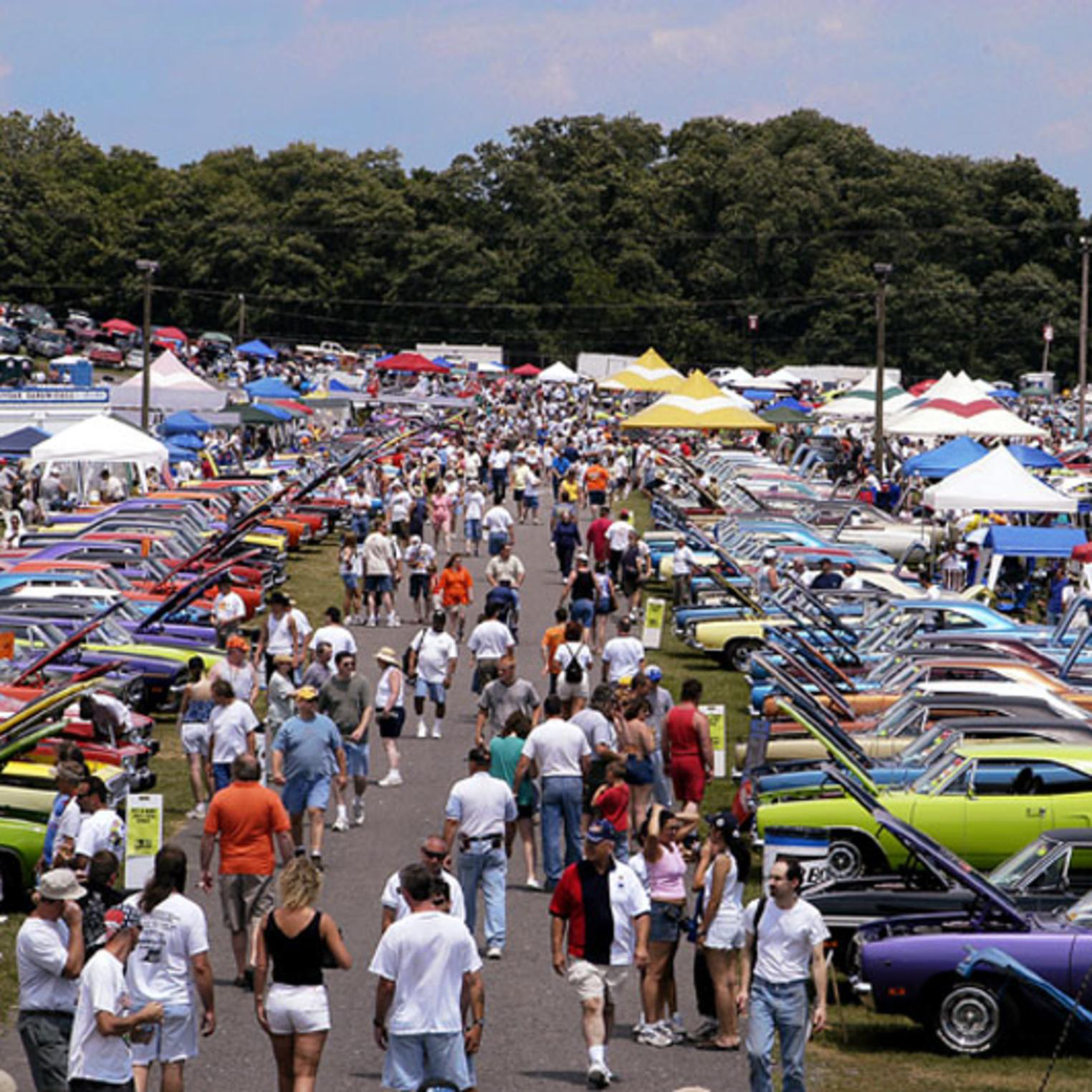 Demark also recognizes that the vendors are a huge draw. The Spring show has 2800 vendors, from aftermarket to reconditioned parts to original parts to car care products. Classsic used parts from tires to the top of the car, new parts for currents to antique parts for classics; they encompass all projects and needs.”
Demark also recognizes that the vendors are a huge draw. The Spring show has 2800 vendors, from aftermarket to reconditioned parts to original parts to car care products. Classsic used parts from tires to the top of the car, new parts for currents to antique parts for classics; they encompass all projects and needs.”Ed Buczeskie, Carlisle Events Spring and Fall Show Manager said, “I think there are a couple of things that make a swap meet attractive to buyers compared to online. First, there is the social aspect. Many people come primarily for the camaraderie. In some cases it’s to meet up with old friends, though many travel to the event with friends in order to spend time together. I really think this is an important thing to recognize.”
“Many attend a swap meet to be surprised … to find things that they weren’t looking for and/or didn’t know they needed. Another reason to attend is the thrill of the hunt. They might find something cheap that they can flip for a few bucks. They might find something that’s in their wheelhouse but they don’t really need it. However, it’s just so cheap that they can’t pass it up. Or, they might find something they need for a project that’s on the back burner but it’s such a good deal that they buy it now.”
Buczeskie believes the attendees love the one-to-one aspect of swap meets. “Nothing beats dealing with someone face-to-face,” he said. “There are too many ways to get scammed online – as either a buyer or seller. It’s also frustrating when you find something online; make arrangements to see it, only to find out it sold because someone got there first with the cash. At a swap meet, whoever sees it first has first shot at it. If you walk away, it might not be there when you go back. It’s just more fair to everyone. Also, when buying in person you know that you’re getting exactly what you think you’re getting. There is no misrepresentation on the seller’s part. No failure to disclose damage – it’s up to YOU as the buyer to look it over AND to have done your homework on the part. If you’ve done your due diligence, it’s pretty hard to get scammed when dealing face-to-face.”
According to the Buczeskie, “Buying at a swap meet is an experience. It’s entertainment to a degree. It’s more than just a means to buy car stuff.”
Demark agreed, “People come for the conversation, the stories, and the experience. It’s entertainment. They know that when they come to Carlisle, to expect the unexpected. In the collectible world or the time period they are passionate about, they can find it. And our attendees tell us they often have more in common their fellow attendees than they do with their family. That is part of it … they ARE family.”
> Visit www.CarlisleEvents.com for more on the automotive hobby.
Mike Blake, former editor of KIT CAR magazine, joined Carlisle Events as senior automotive journalist in 2004. He's been a "car guy" since the 1960s and has been writing professionally for about 30 years. </I>
-
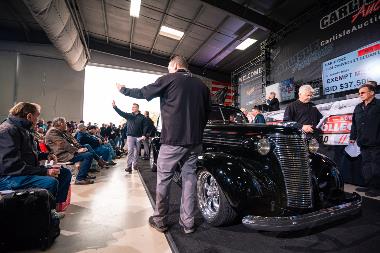
Lakeland Winter Collector Car Auction Confirmed for February 19-20
Tuesday, Dec 22, 2020
Every February a trio of airplane hangars come to life at the SUN ‘n FUN Expo Campus in Lak …
Show MoreEvery February a trio of airplane hangars come to life at the SUN ‘n FUN Expo Campus in Lakeland, Florida. The event, a two-day classic and collector car auction powered by Carlisle Auctions, hosts 400+ pieces of automotive history along with buyers, sellers and a hard-working staff. The Lakeland Winter Collector Car Auction, slated for February 19-20, is a means to connect buyers and sellers with an investment that truly accelerates. More so, the auction is a means to start or add to an existing collection. Some rides are head turners but are ultimately daily drivers. Others are top of the line, best of show type consignments. In between, there are a few that the owner can simply have fun with along the way.
The auction runs the gambit of production and history, so it’s only fitting that it returns to SUN n’ FUN following a most historic year. In February 2020, Carlisle Auctions topped the $4 million sales mark as part of its Winter AutoFest offering some 10 months ago. While that was a good kind of history, obviously a different kind has been gripping the world in other ways since about three weeks after that event. Fast forward to now and Carlisle Auctions is excited to return to SUN n’ FUN to present its 2021 event, February 19-20. The excitement starts at 10:30 a.m. daily. There are THREE great ways to bid and buy too, in-person, on the phone and ALL NEW, online.
Carlisle Auctions finds success due to its experienced staff, competitive buyers and sellers fees and its FREE UNLESS SOLD guarantee. The sooner someone can commit to the auction, the more time and opportunities exist to promote and market select consignments. Further, online bidding makes the chance of a sale that much easier because as soon as a consignment is received and processed; it becomes eligible for online bidding. Pre-registered bidders have a chance to save upwards of 50% and again, can start bidding on online inventory as soon as their bidder credentials are processed.
2021 auction highlights include the aforementioned 400+ consignments PLUS an all-truck hour planned for a time slot TBA on Friday. There’s also a handful of resto mods which should be some of the higher bid consignments too. Mix these great elements into the special feeling of Florida in February and the 2021 auction is shaping up to be another must-attend event backed by Carlisle Auctions.
For the February 2021 auction, there will be some modifications due to COVID. In compliance with CDC suggestions and state of Florida regulations, Carlisle Auctions will offer added hand washing stations, hand sanitizing options, encourage social distancing and the wearing of masks. The event will be accessible to guests (buyers, sellers, staff, business partners and spectators) per guidelines in place at the time of the February auction. Even though there are indoor elements associated with the auction, the facility in fact has open hangar doors on both ends and breezeways on both sides. Further, since this is an airplane hangar, there is more than enough built-in opportunities to social distance.
For guests looking to enjoy the auction but not attend in 2021, it’s important to utilize the various options to bid and buy. In fact, with confirmed consignments already listed, online bidding has commenced and will run throughout the auction. For details on buying or selling with Carlisle Auctions in Lakeland or any other event on the 2021 auction schedule, health safety measures and more, visit CarlisleAuctions.com or call 717-960-6400.
Finally, the auction and the annual Air & Coach Concours display are the ONLY parts of the originally scheduled Winter AutoFest Lakeland 2021 event that will take place. For 2021, Winter AutoFest has been canceled. The automotive flea market, car corral, car show elements and more will return in 2022 bigger and better than ever.
Book with a preferred Hotel

Book online or call (800) 216-1876
